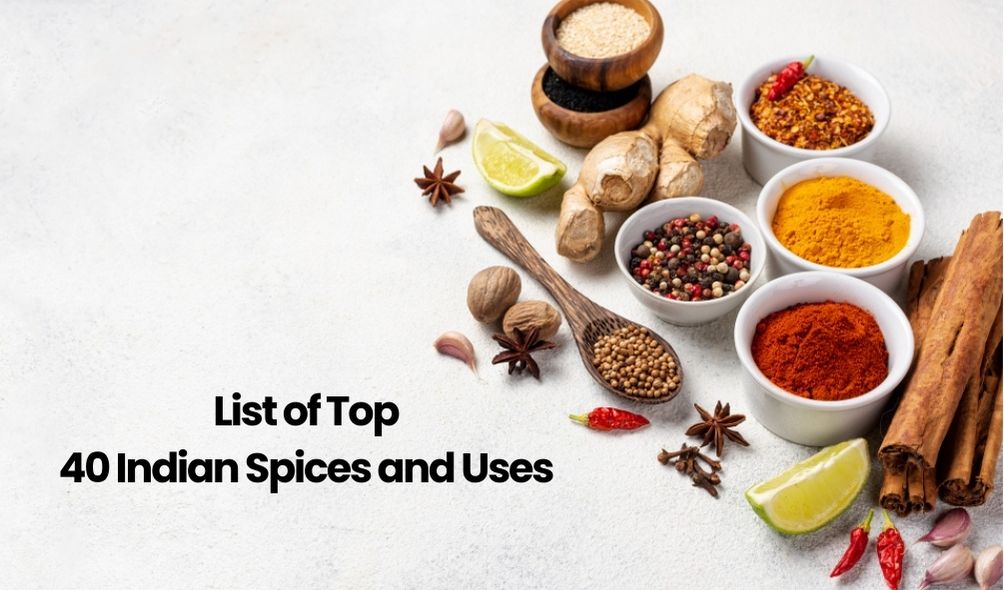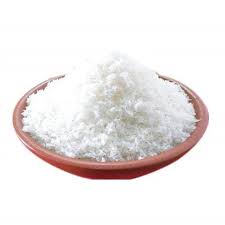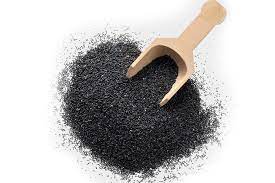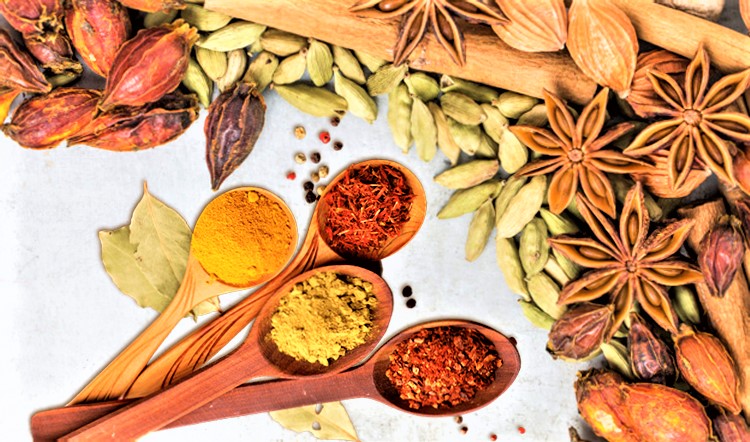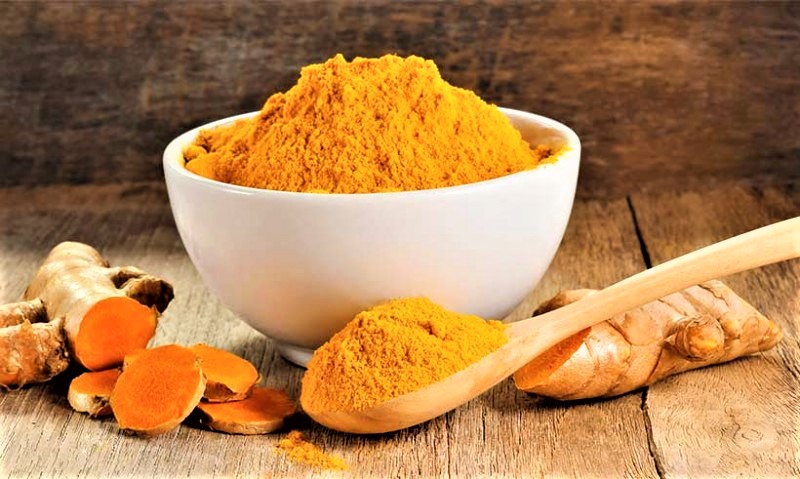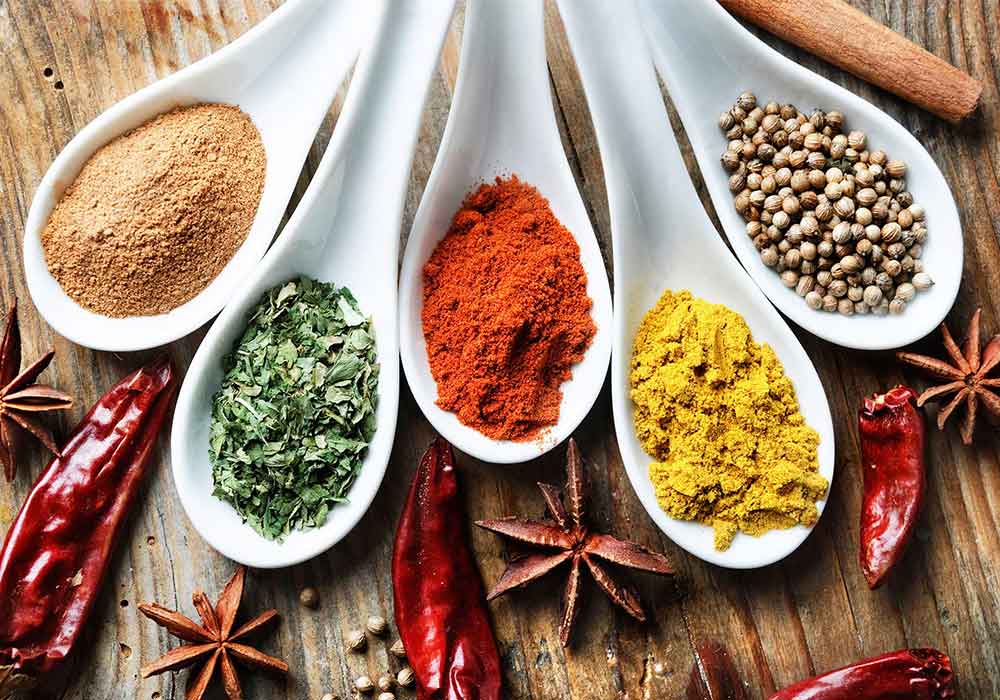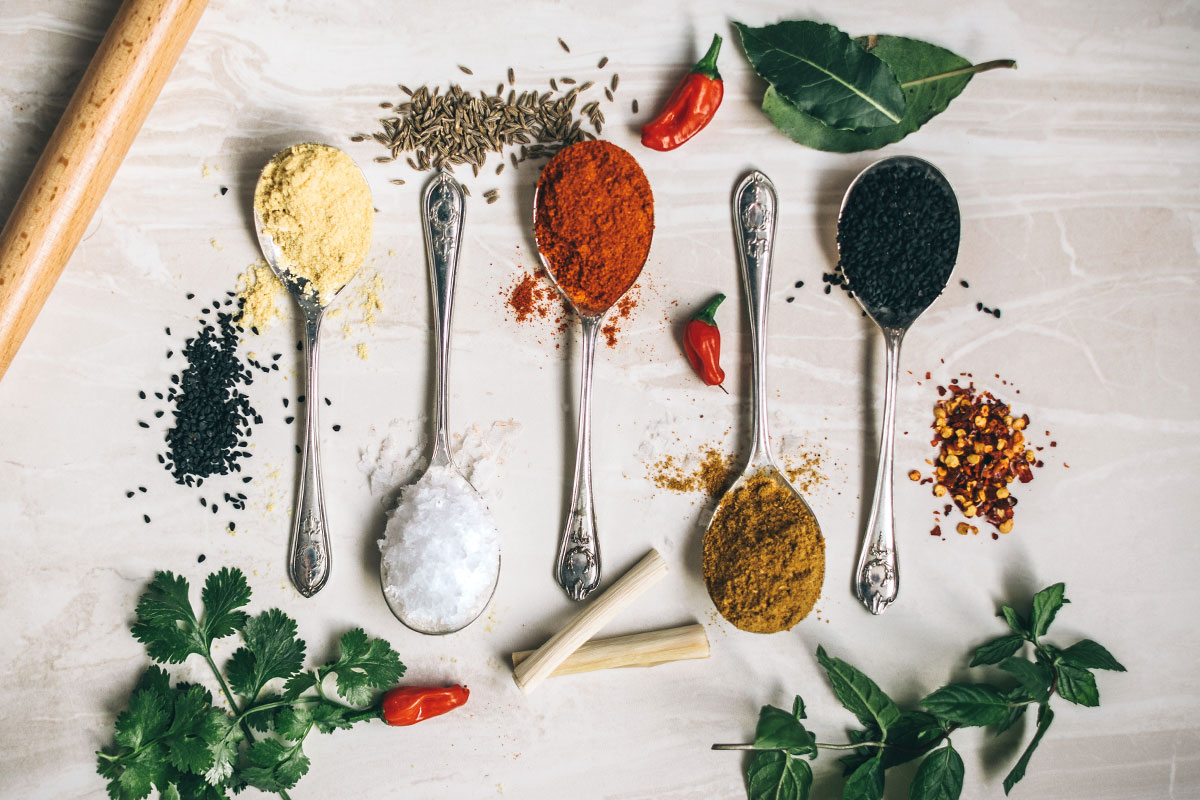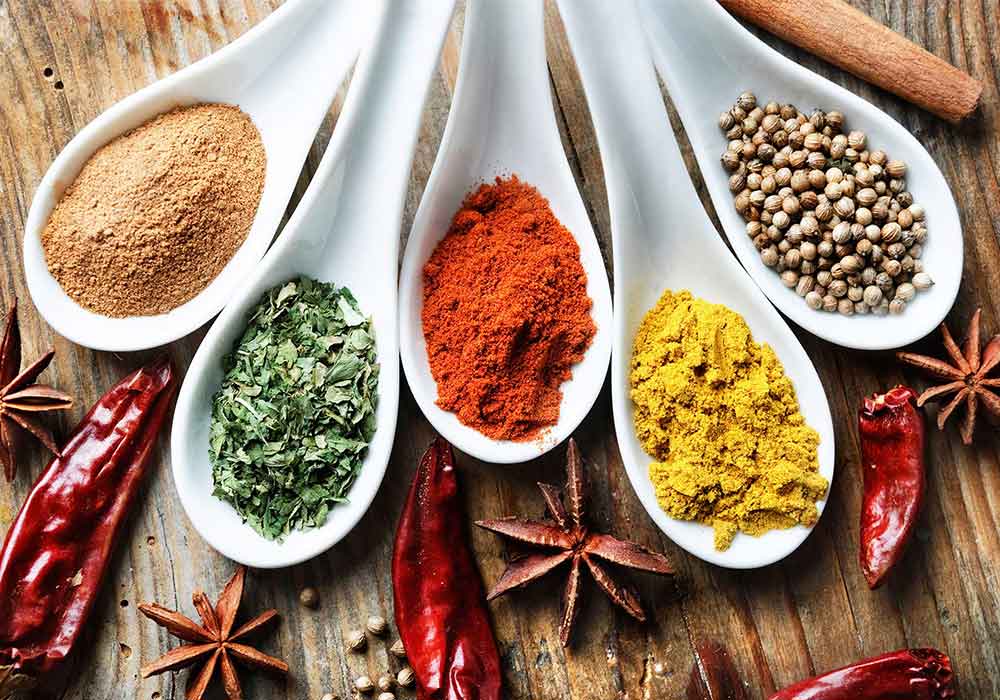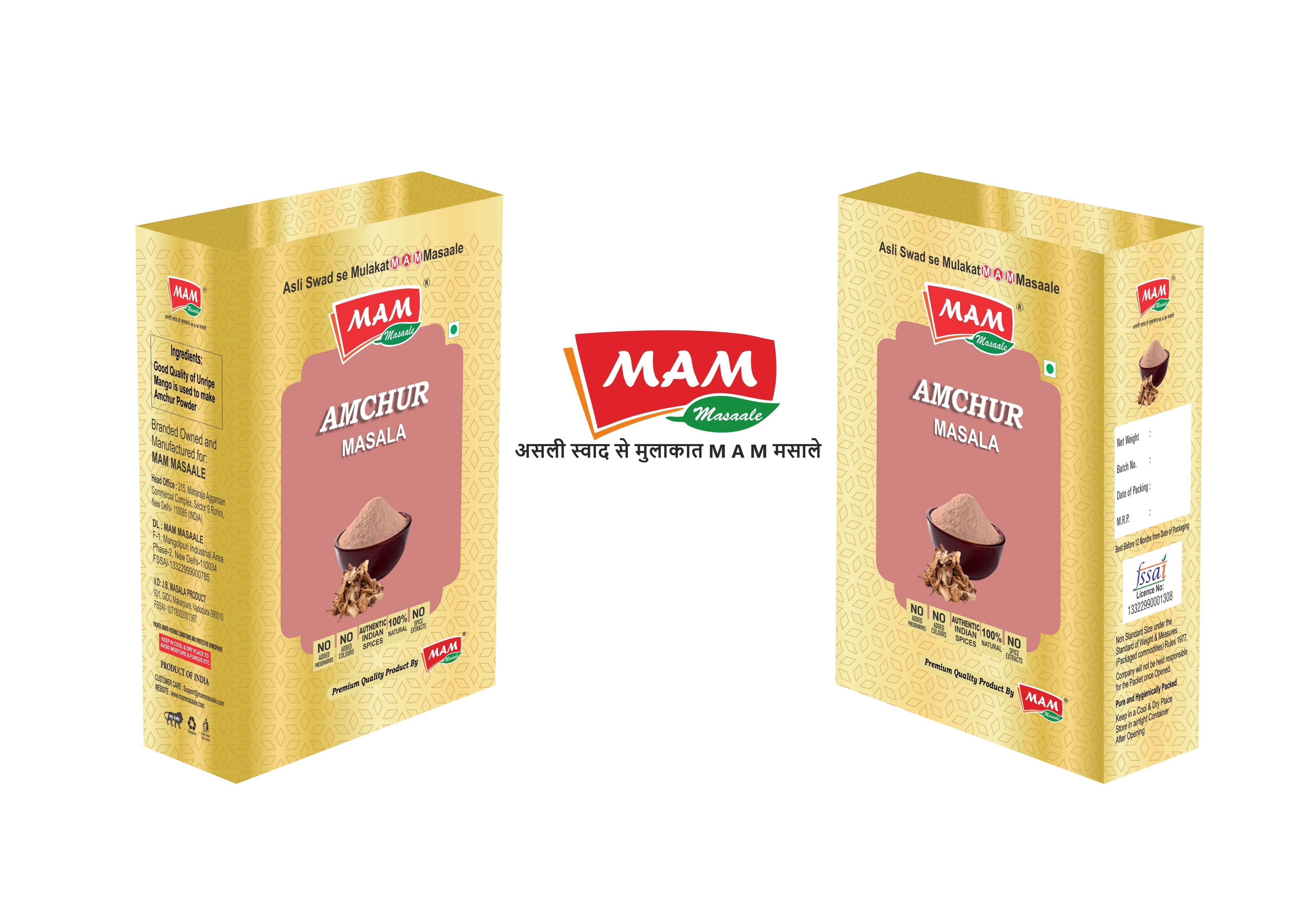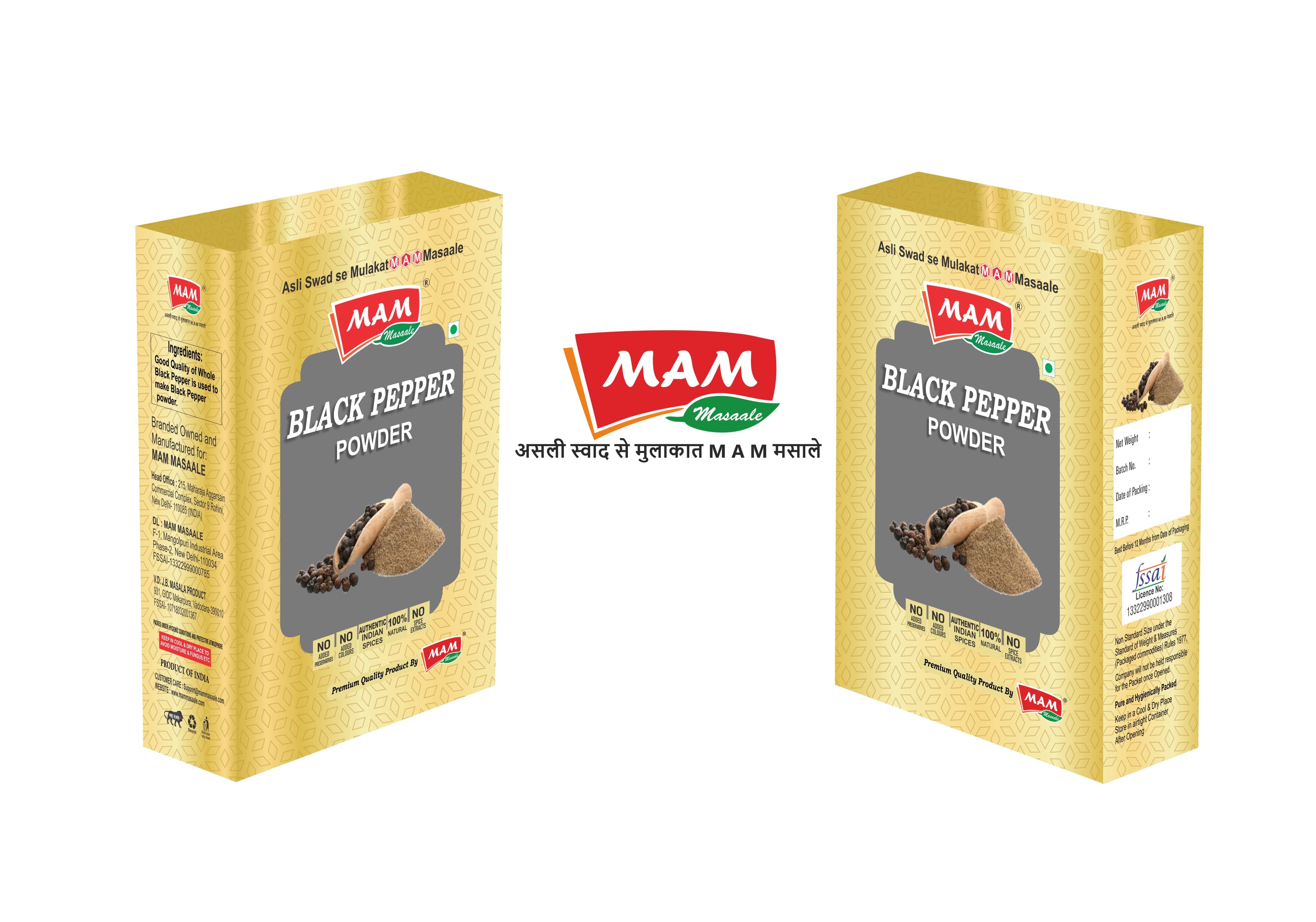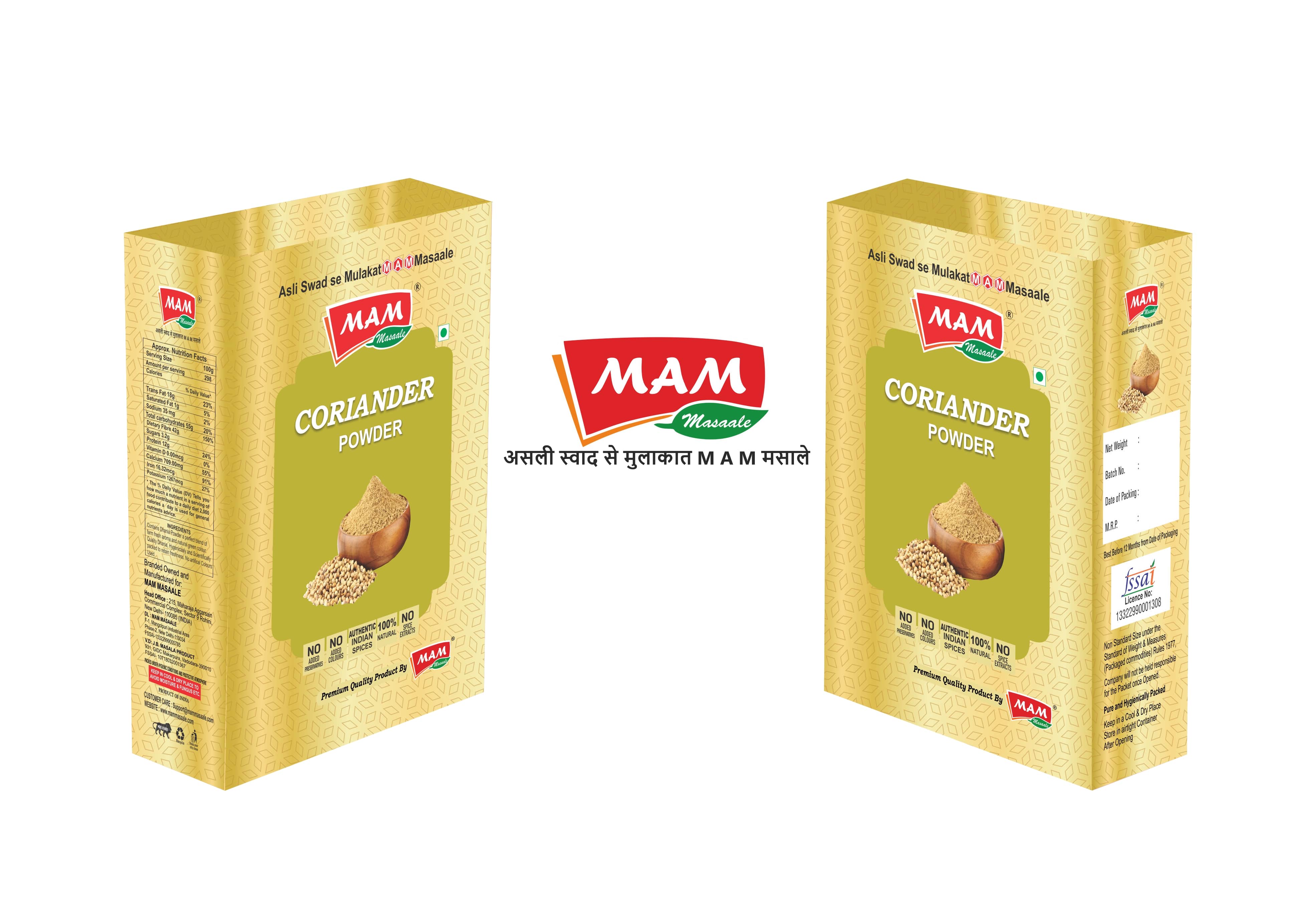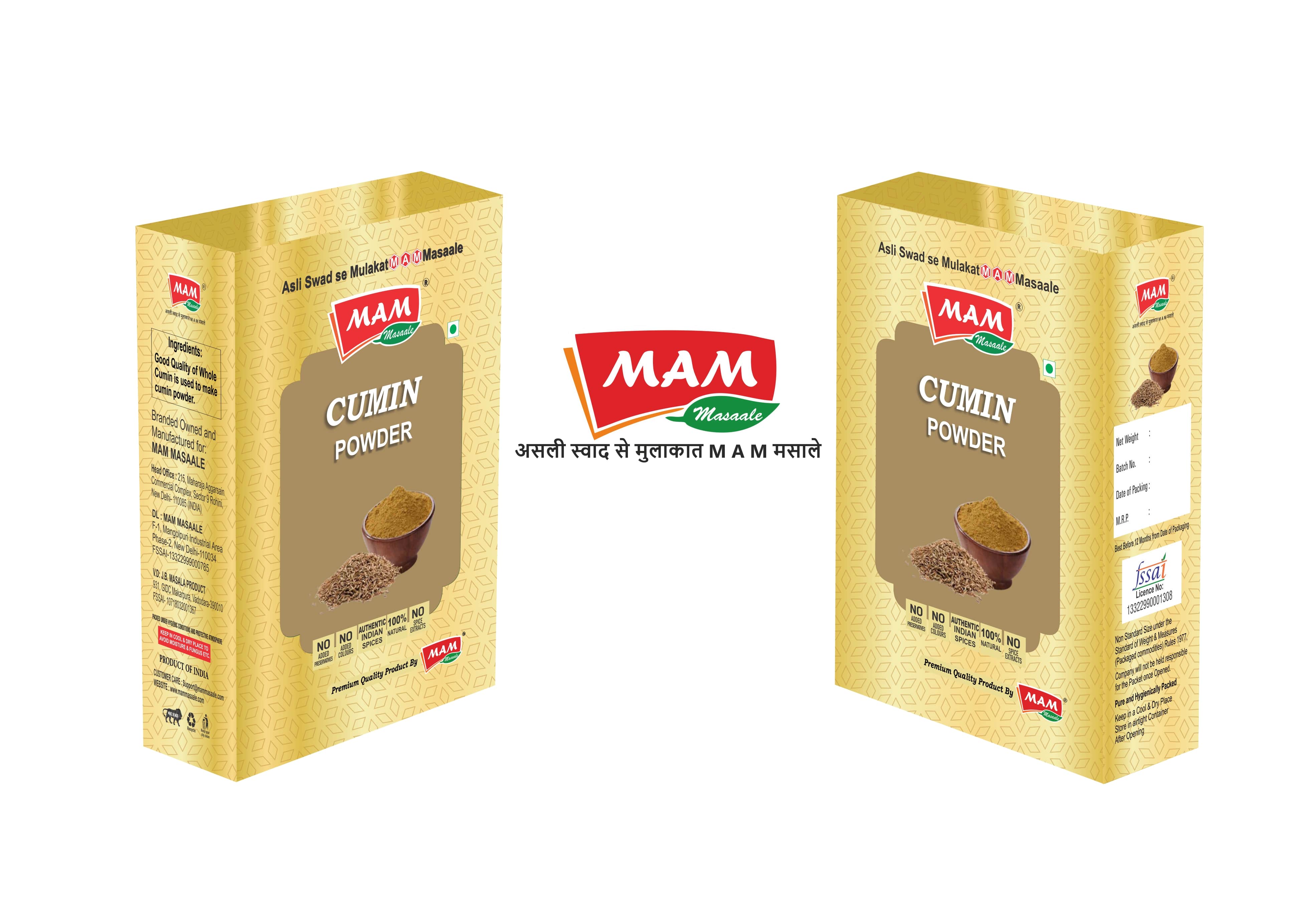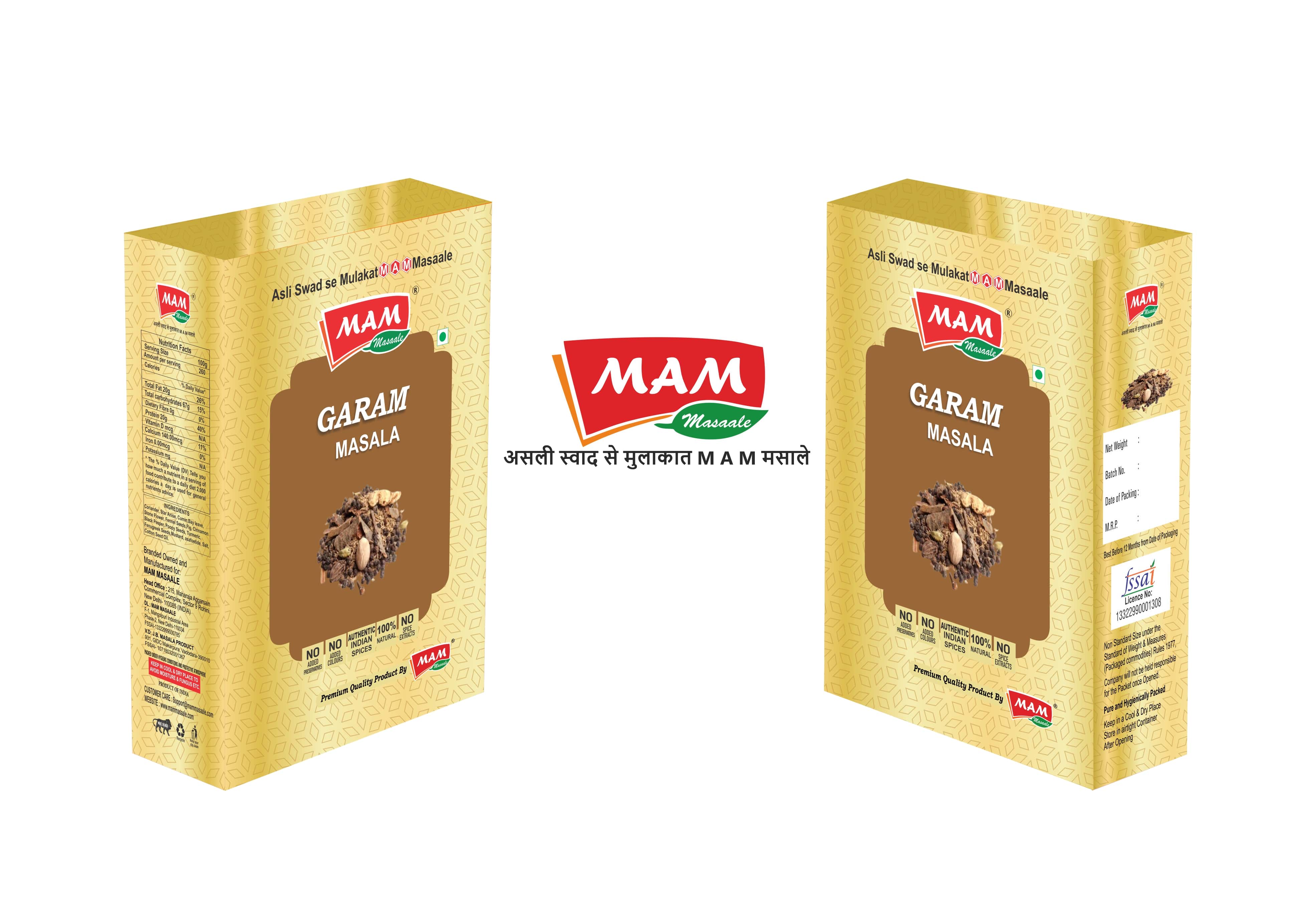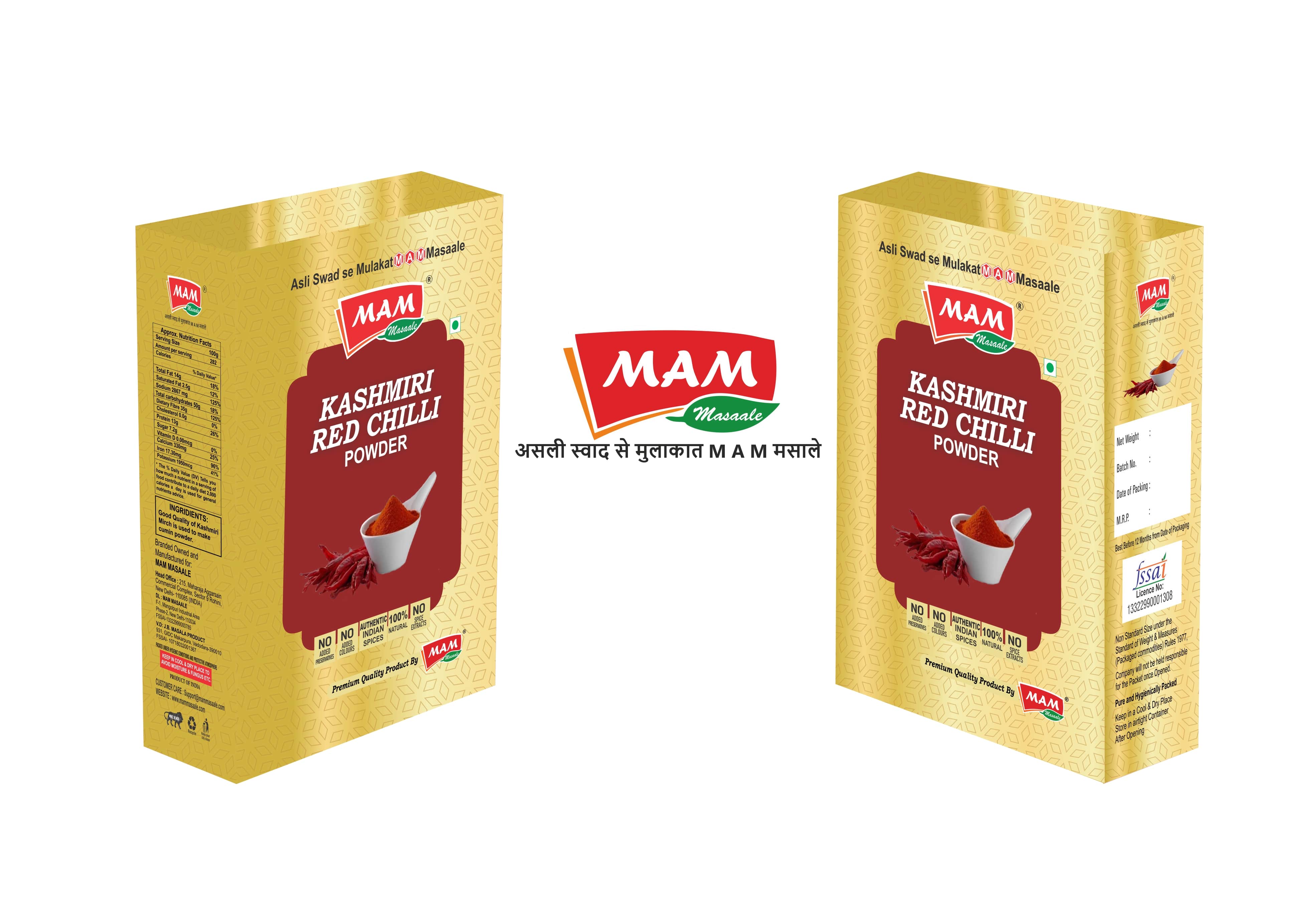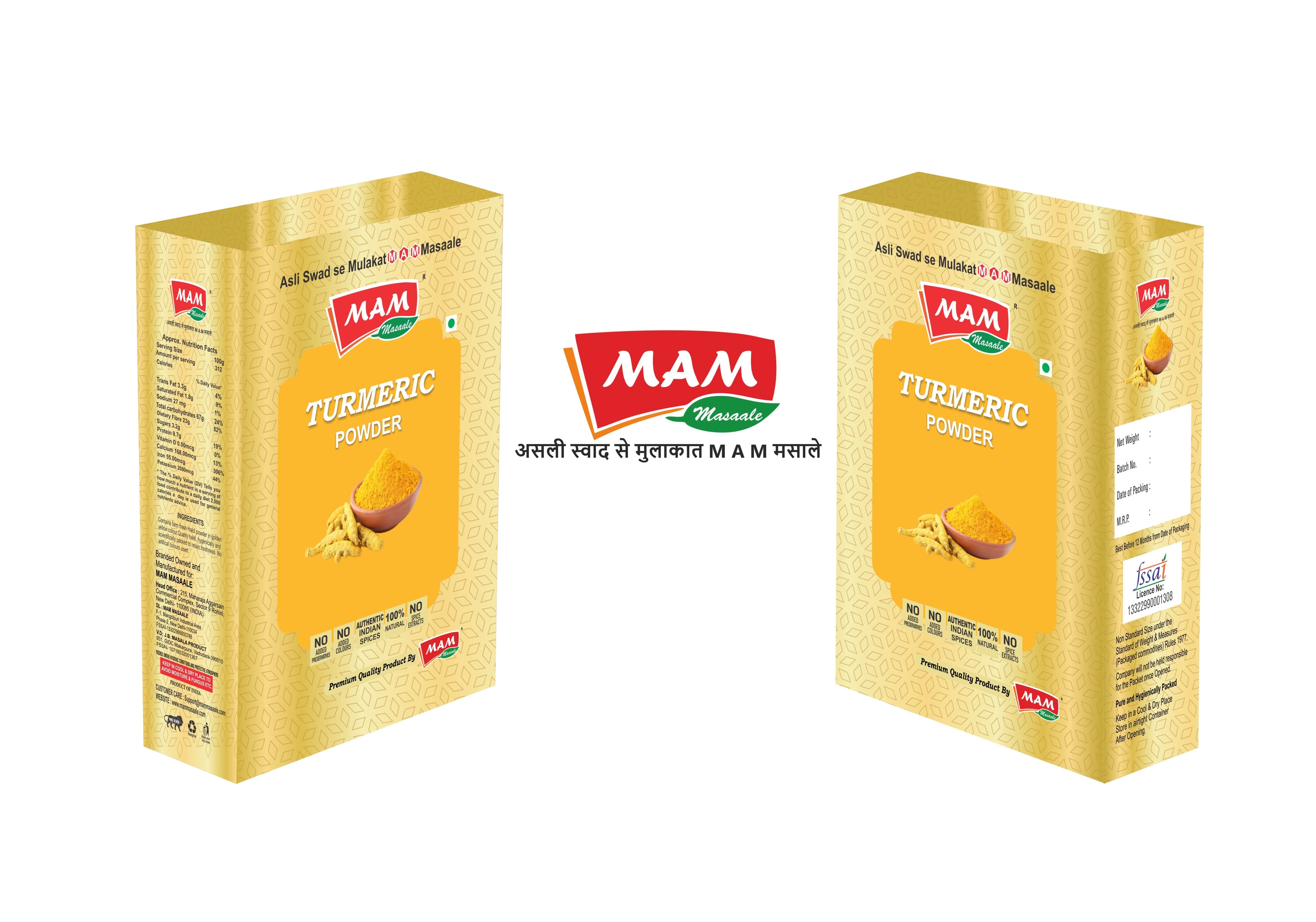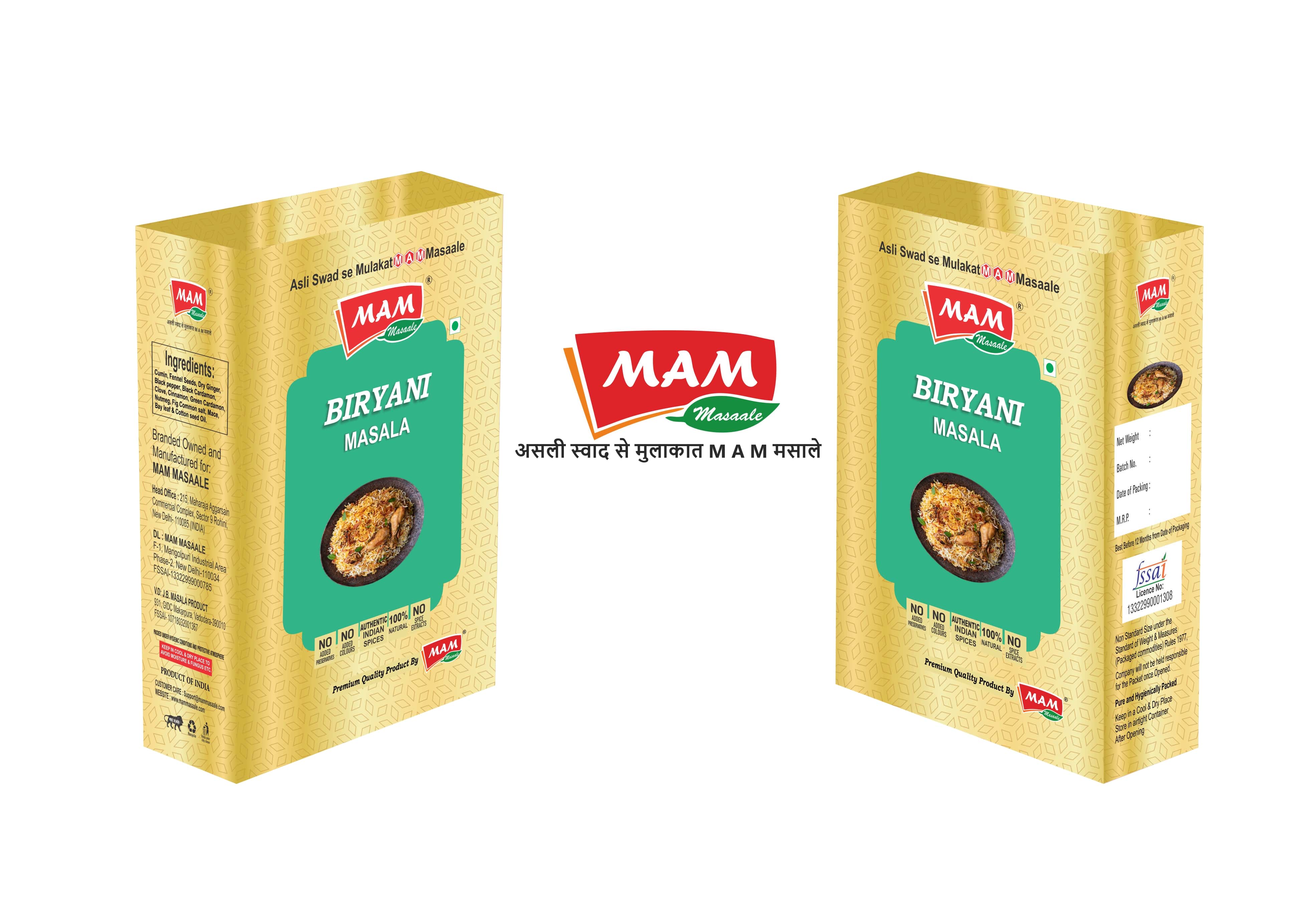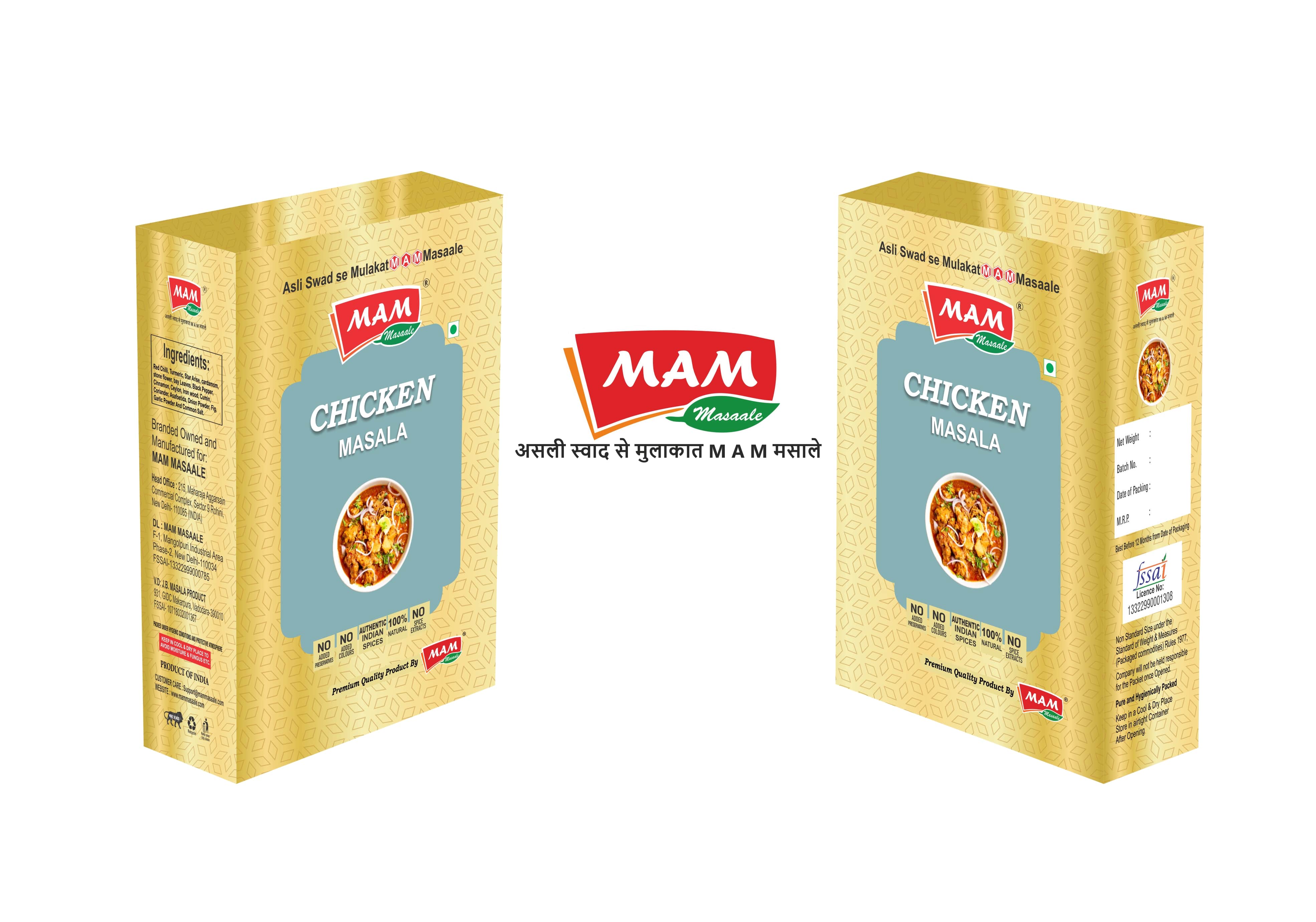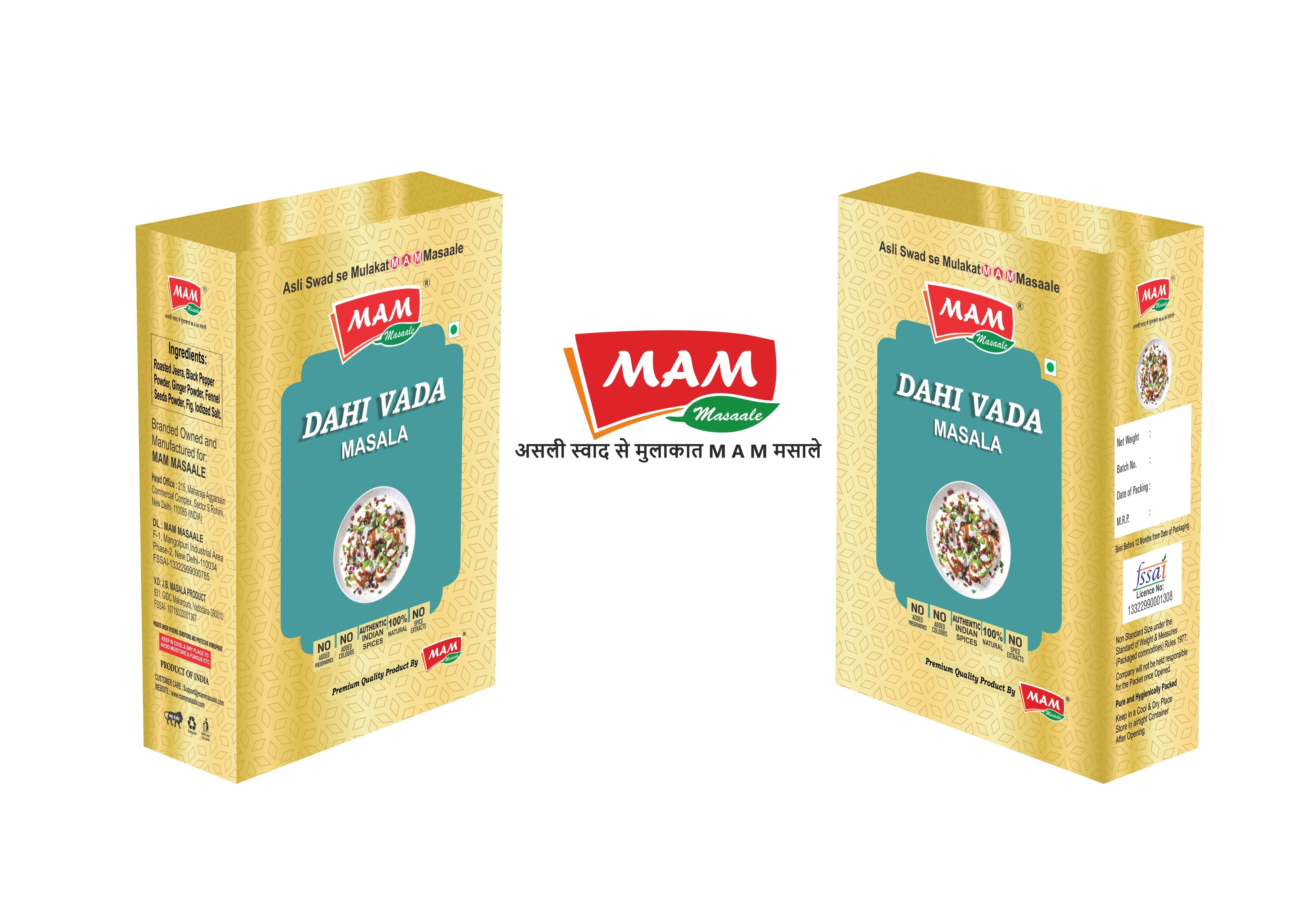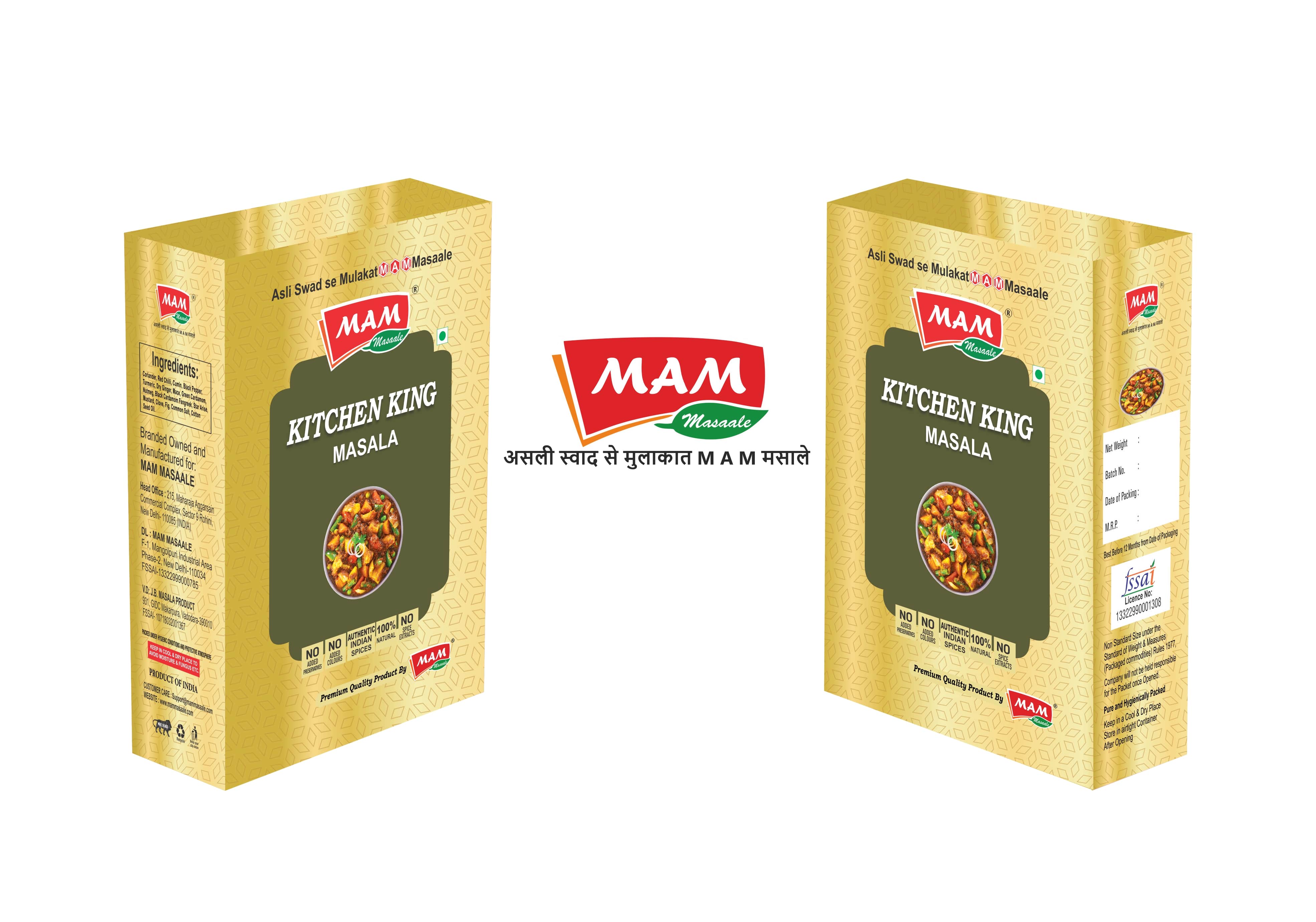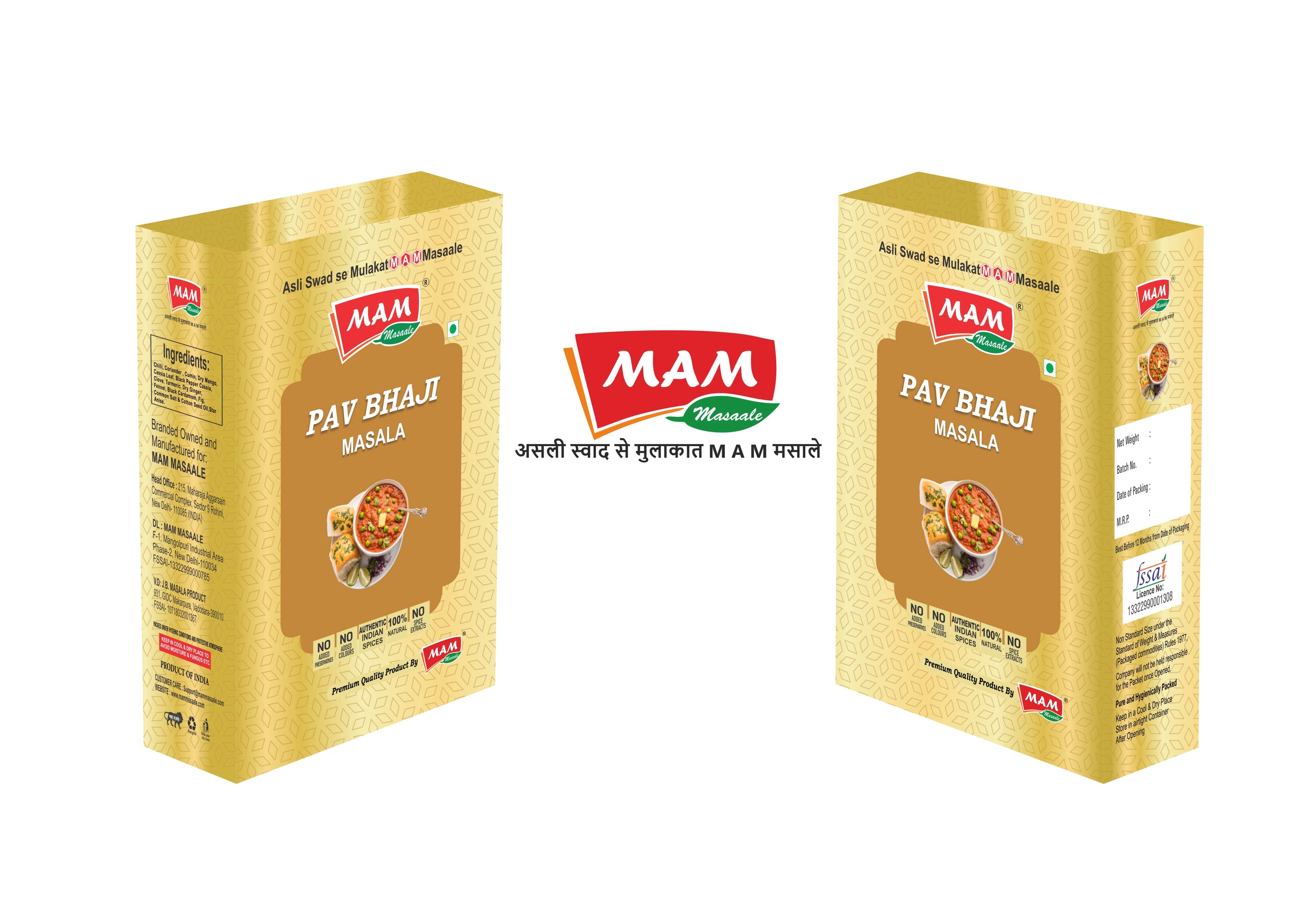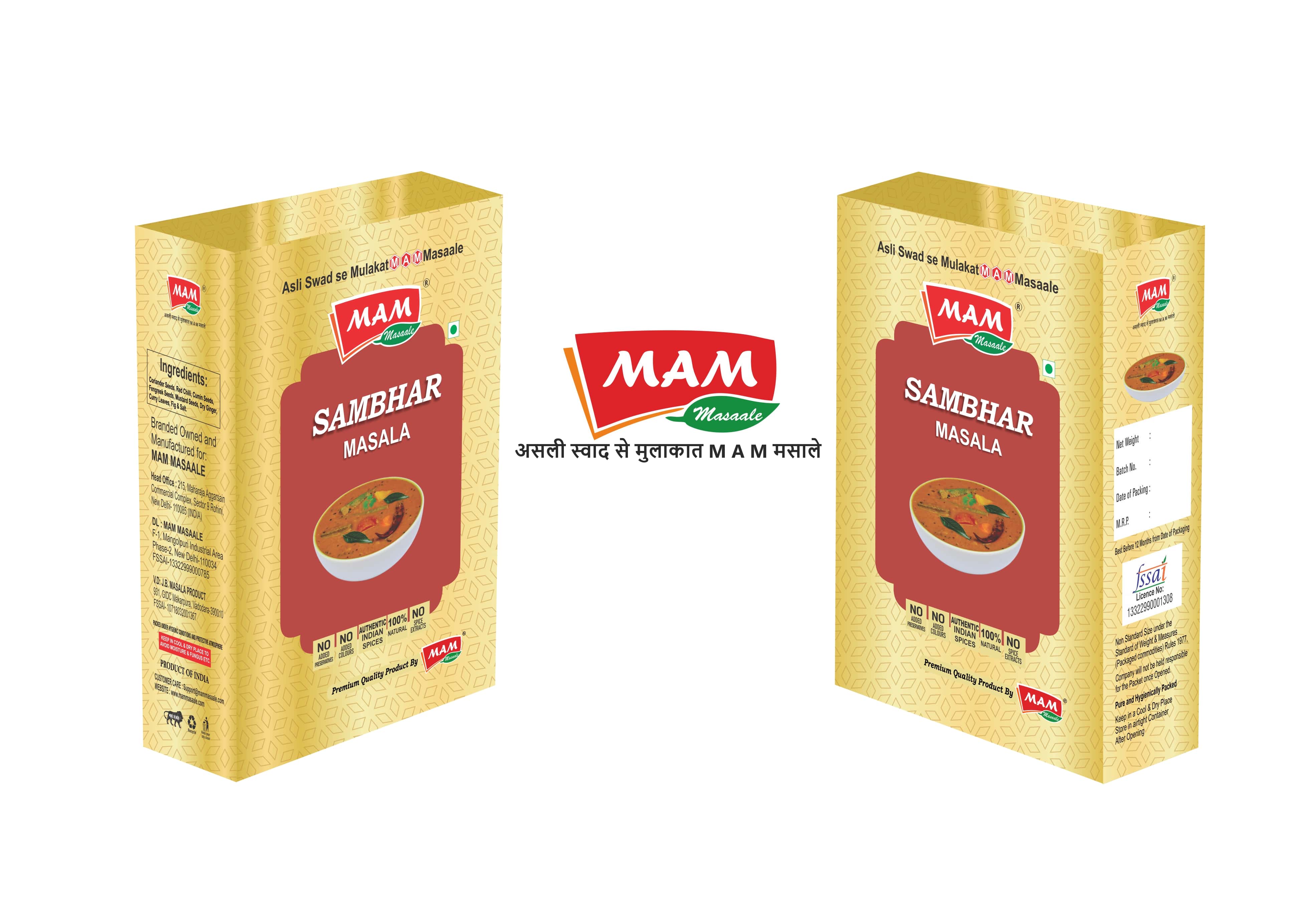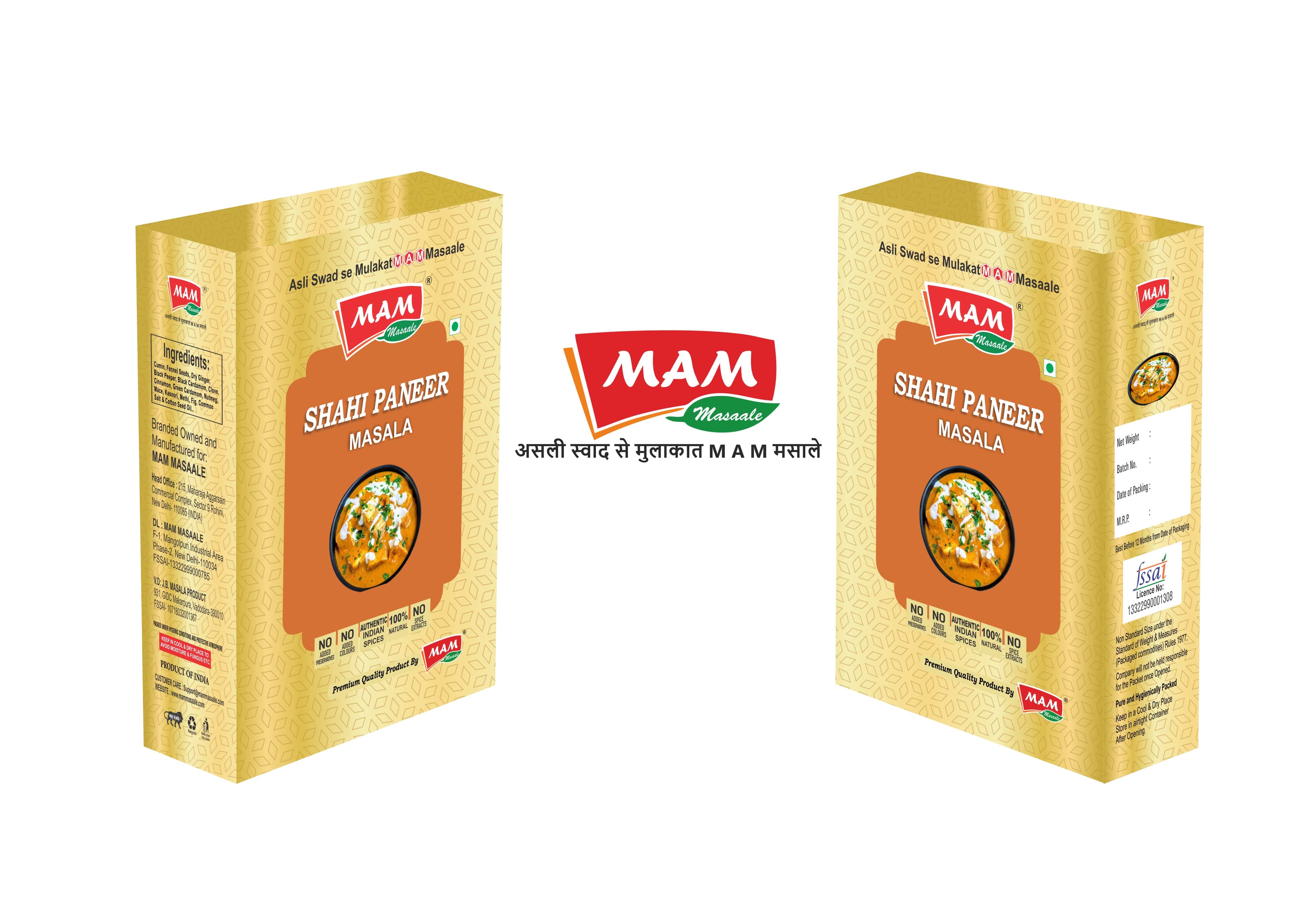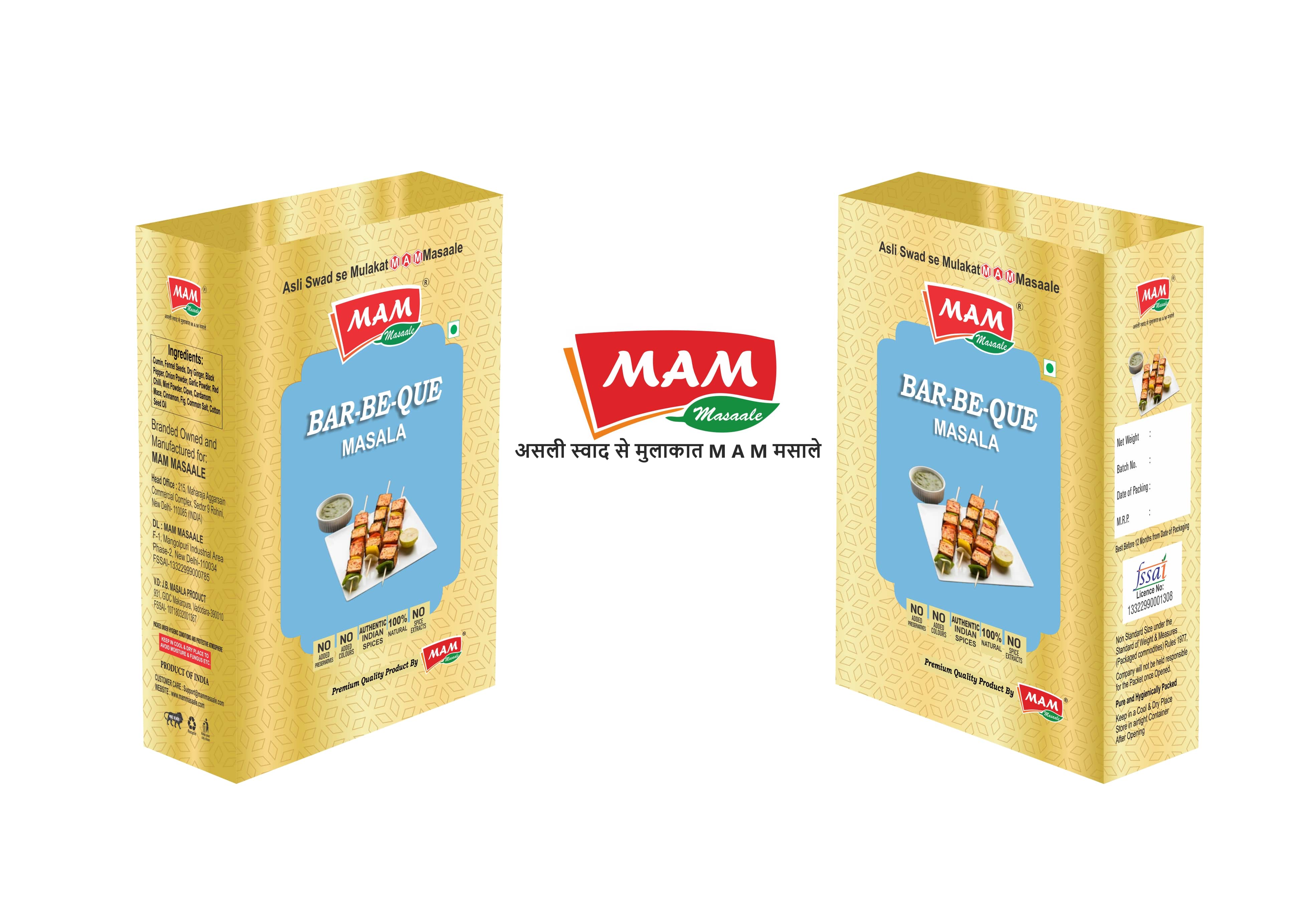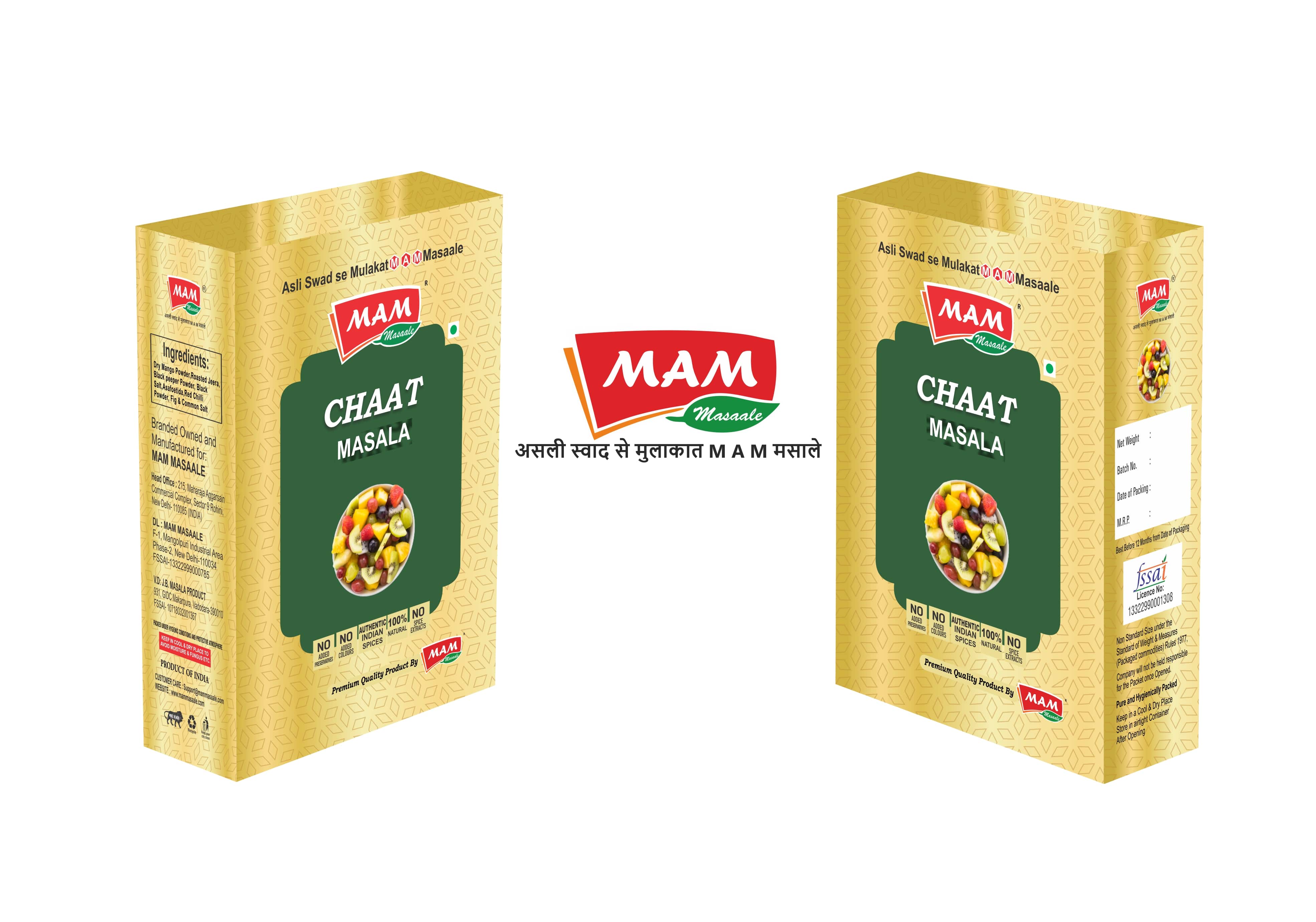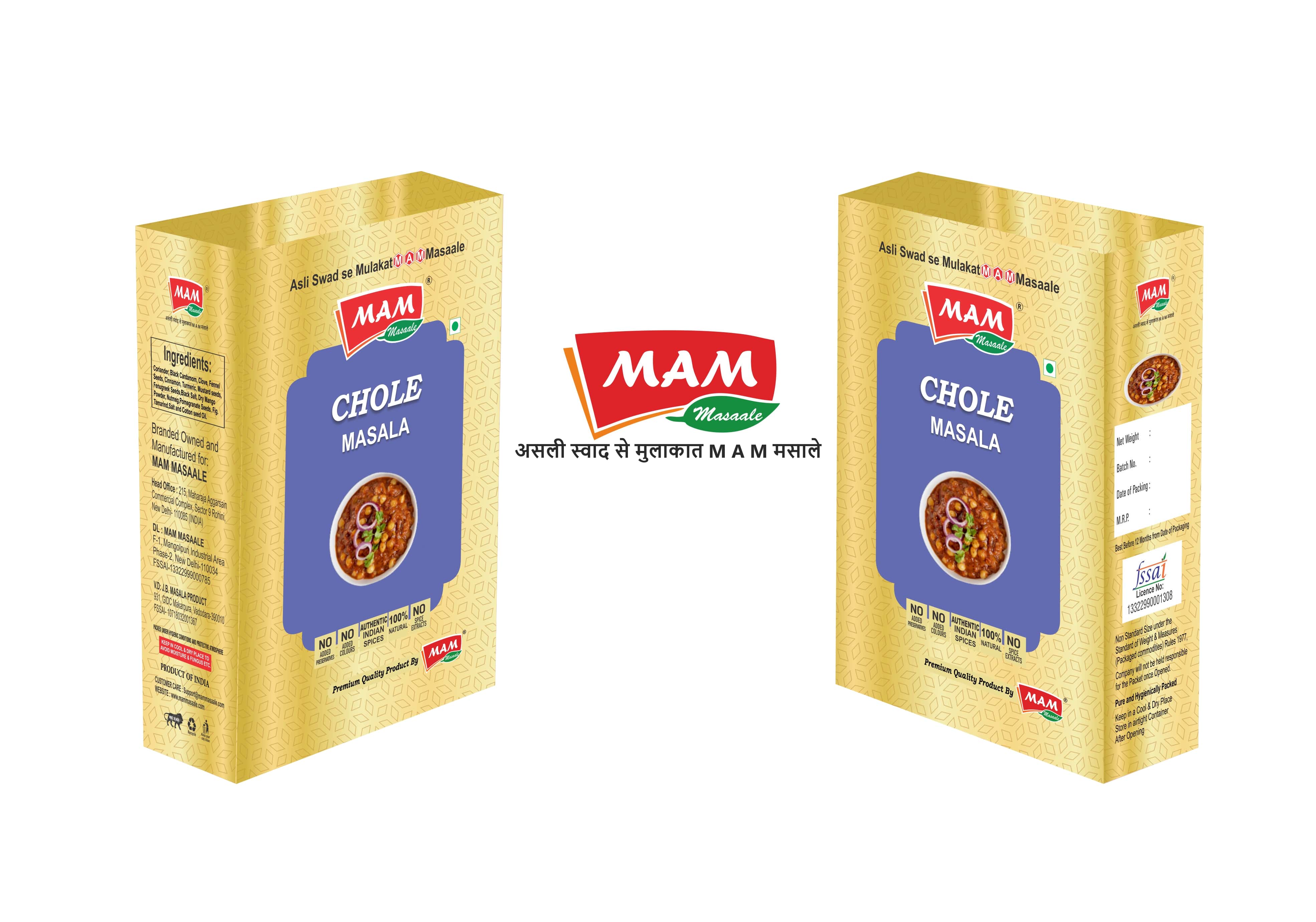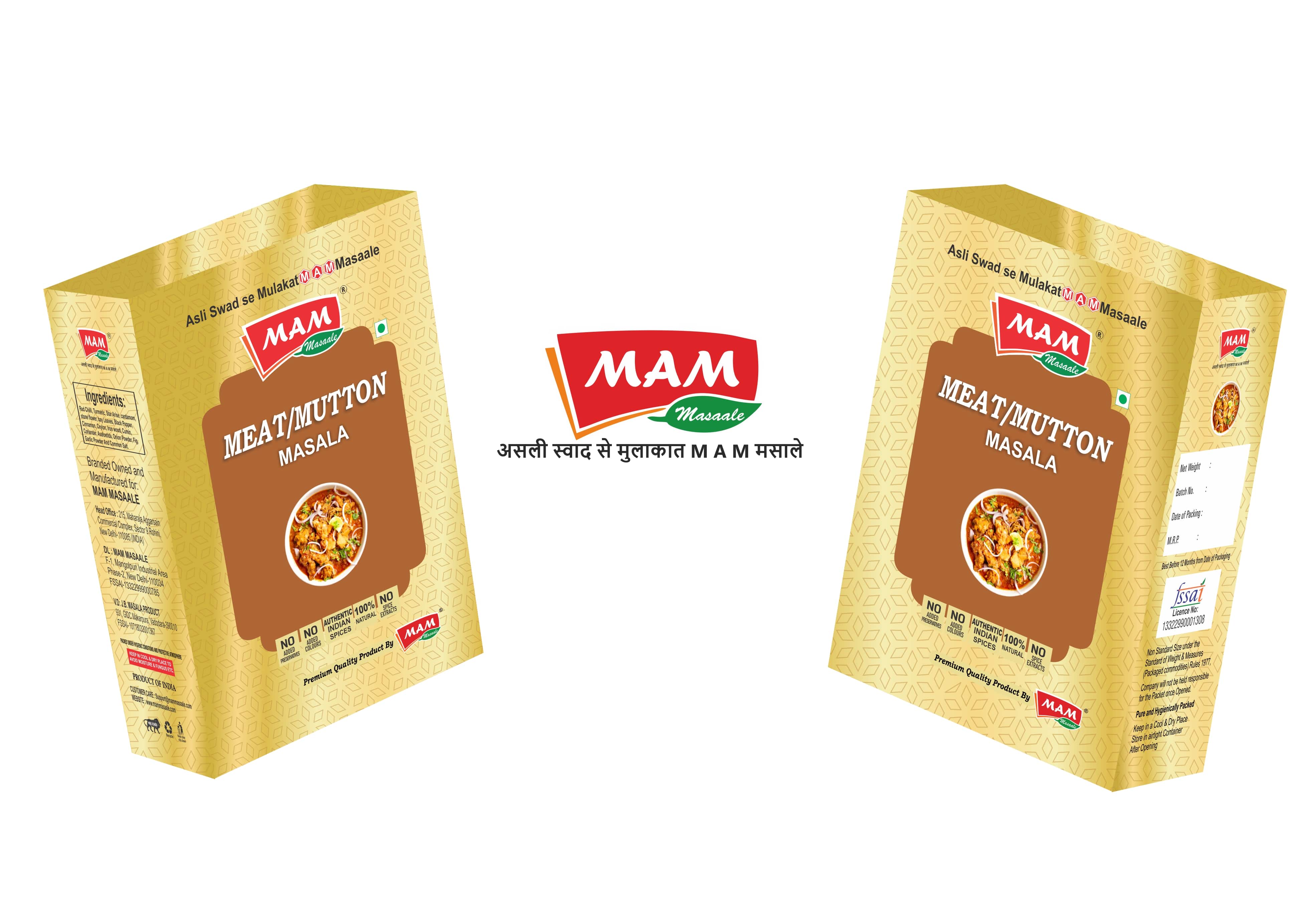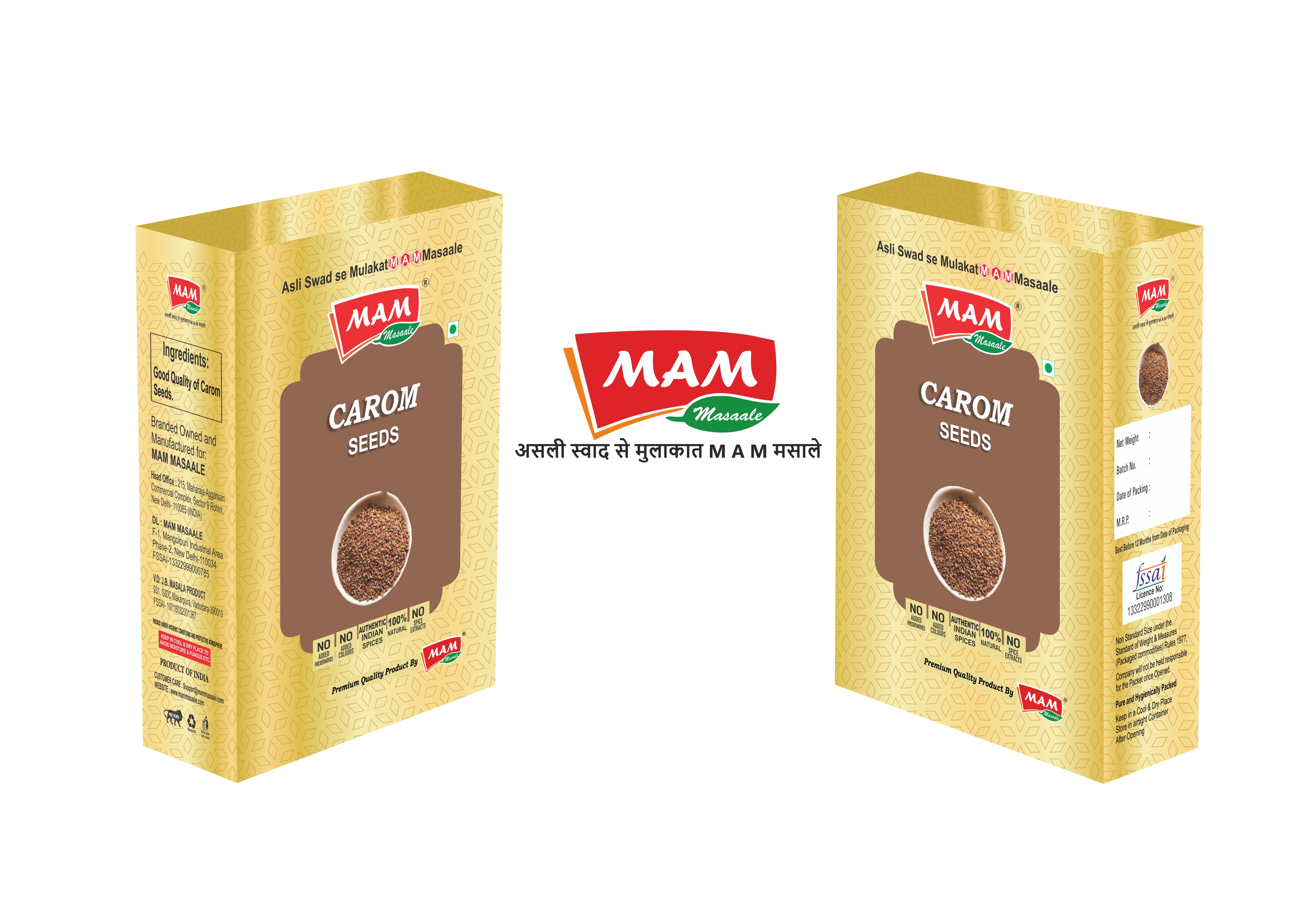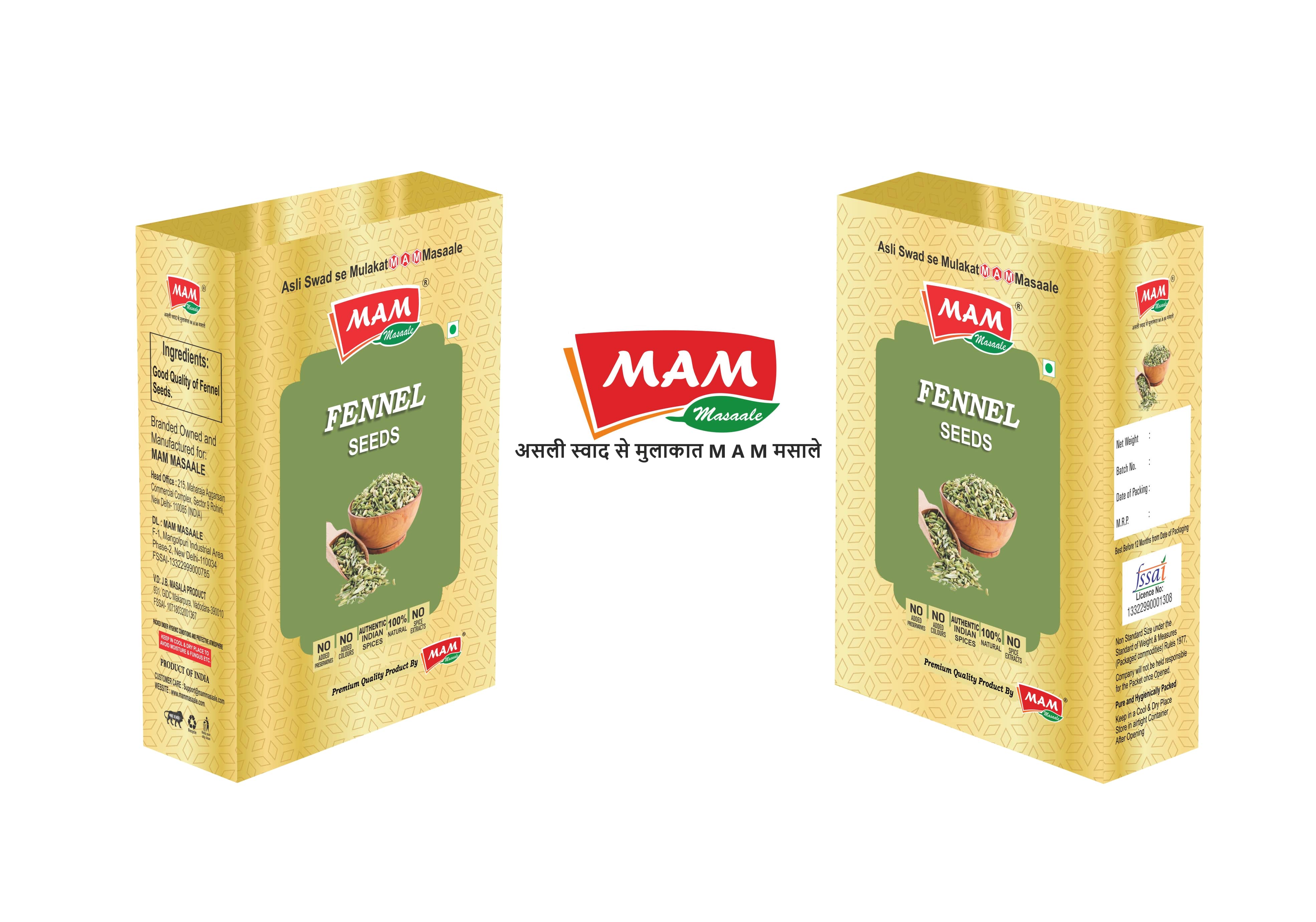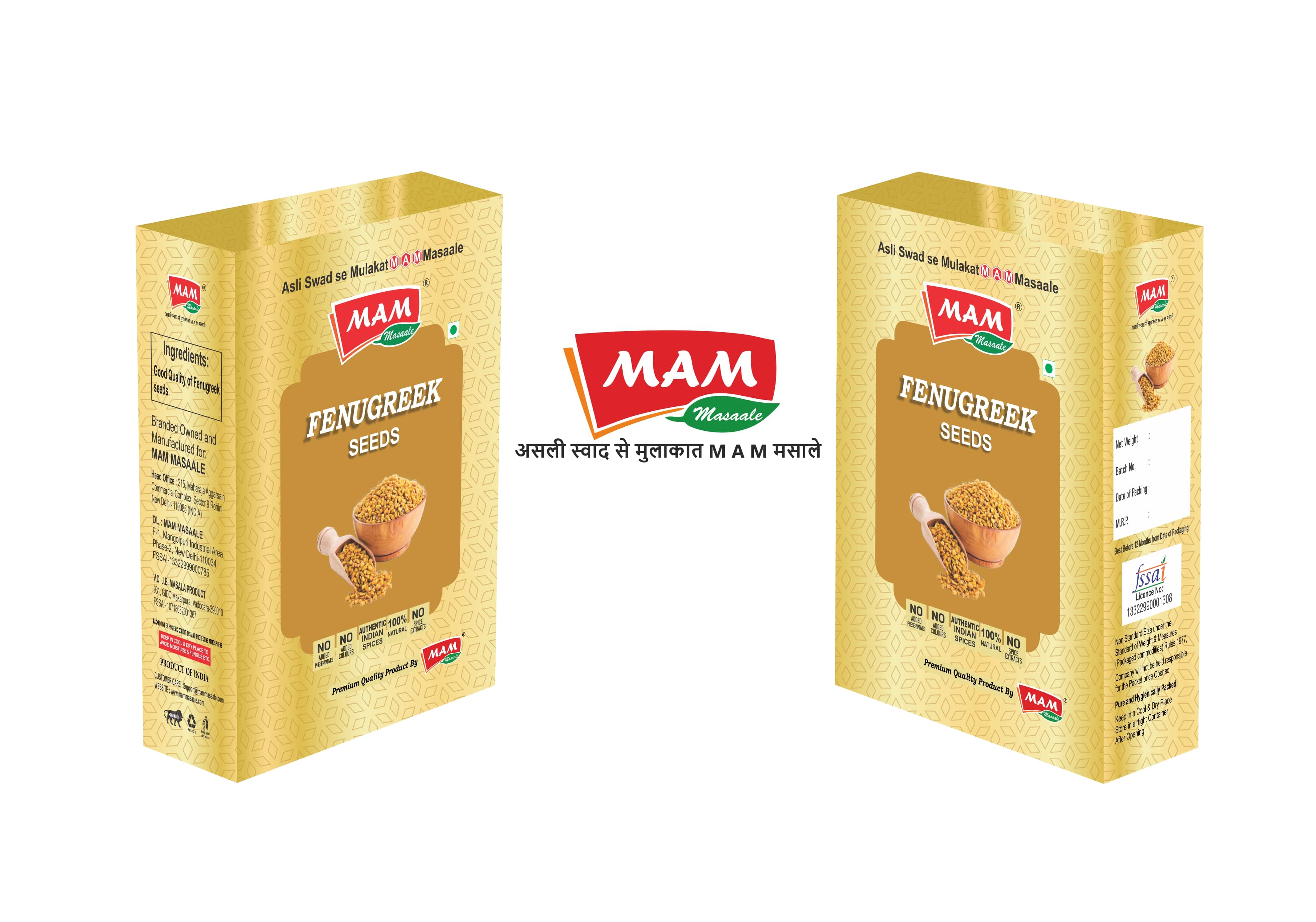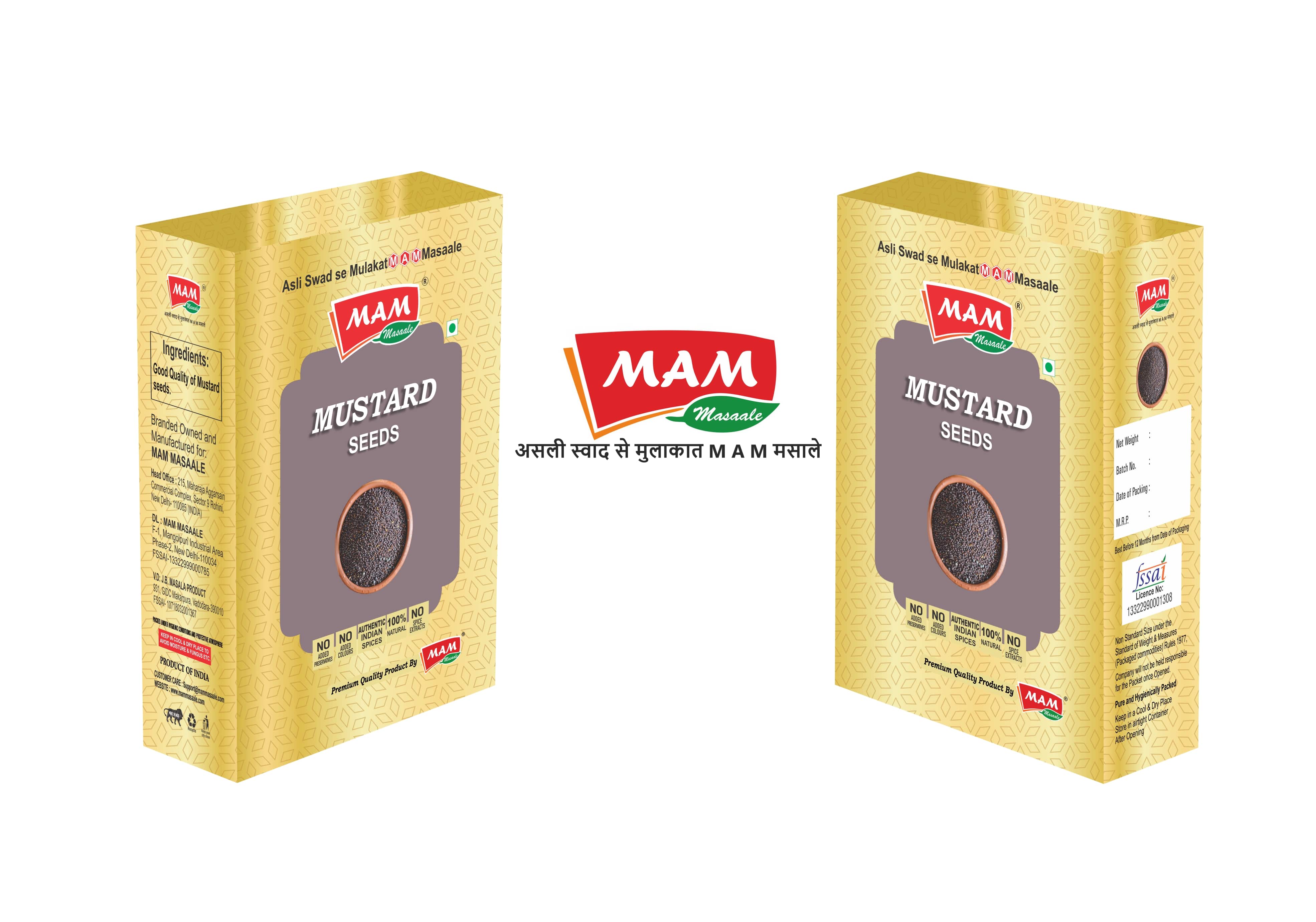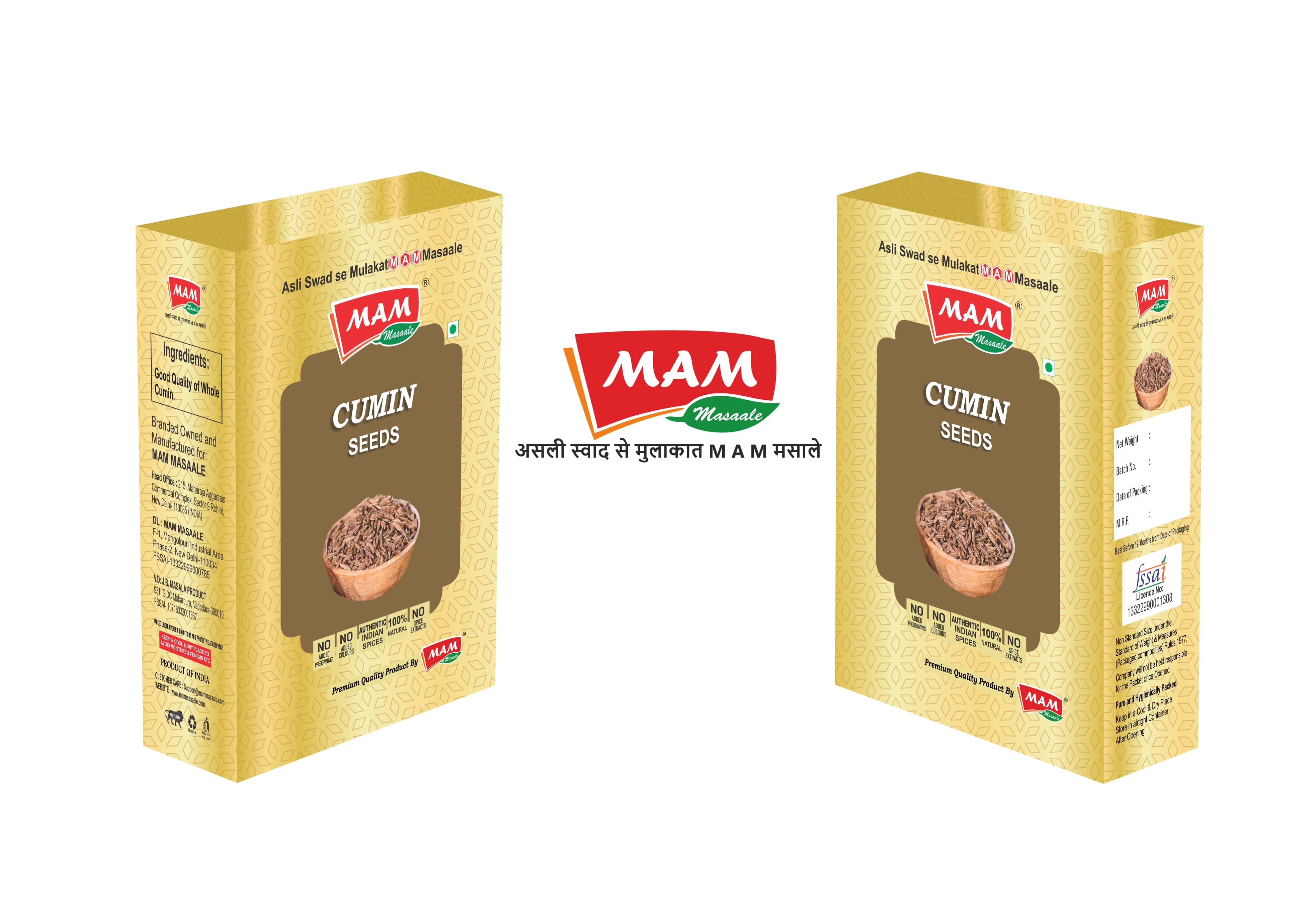India, known for its rich and diverse culinary heritage, owes much of its flavor palette to the exquisite array of spices that have been an integral part of its cuisine for centuries. These spices not only add depth and complexity to dishes but also bring forth the unique and unmistakable taste that defines Indian cooking. Let's embark on a journey through the aromatic world of Indian spices and discover their versatile uses.
The list of Indian spices is extensive, but here are 40 key ones commonly used in Indian cuisine.
Red Chilli

Red chilli is a spicy pepper that adds heat and flavor to food. It's a popular ingredient in many cuisines around the world. These peppers are usually long and slender, ranging from mild to very hot.
Uses:
1. Cooking Spice: Red chillies are commonly used to spice up various dishes, such as curries, stews, and sauces. They add a kick to the flavor.
2. Seasoning: Ground red chilli powder is often used as a seasoning to add heat to snacks like popcorn, chips, or even fruits.
3. Marinades: Crushed or minced red chillies are used in marinades to infuse a spicy taste into meats, poultry, and seafood before cooking.
Remember, while red chillies can add excitement to your food, using them in moderation is wise, especially if you're not a fan of too much heat!
Cumin seeds
Cumin seeds are tiny, elongated seeds with a warm and slightly nutty flavor. They come from the cumin plant and are a common spice used in cooking.
Uses:
1. Cooking Spice: Cumin seeds are often used to season various dishes, like curries, stews, and soups. They add a distinct earthy and aromatic flavor.
2. Tempering: In many cuisines, cumin seeds are heated in oil or ghee at the beginning of cooking to release their flavors, a technique known as tempering or tadka.
3. Ground Cumin: Cumin seeds can be ground into a powder, which is a versatile spice used in spice blends, rubs, and marinades.
Cumin seeds are not only delicious but also provide a warm and comforting essence to a wide variety of dishes. Whether you're cooking Indian, Mexican, Middle Eastern, or many other cuisines, cumin is likely to be a valuable addition to your spice collection.
Curry leaves Powder
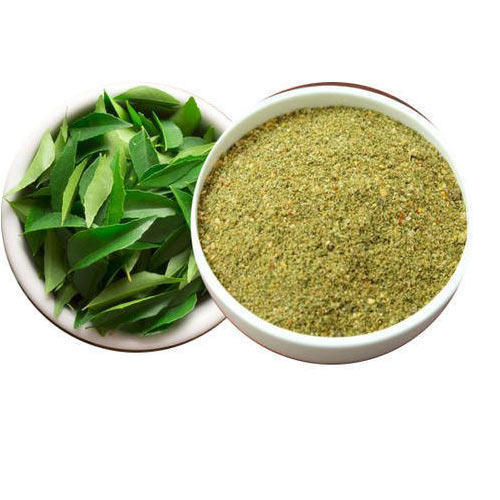
Curry leaves are small, shiny, green leaves that come from the curry tree, a tropical plant. Despite the name, they are not related to curry powder but are a unique aromatic herb widely used in Indian cuisine.
Uses:
1. Flavoring Curries: Curry leaves are often used in the preparation of various curries and stews, lending a distinctive, slightly citrusy flavor.
2. Tempering/Tadka: In Indian cooking, curry leaves are frequently added to hot oil along with mustard seeds and other spices at the beginning of cooking to infuse their flavor into the dish. This process is called tempering or tadka.
3. South Indian Cuisine: They are a key ingredient in many South Indian dishes, like sambar, rasam, and various chutneys, enhancing the overall taste.
Curry leaves not only contribute to the deliciousness of food but also bring a pleasant aroma. They are a staple in many Indian kitchens, adding a touch of authenticity to the flavors of the cuisine.
Coriander Powder
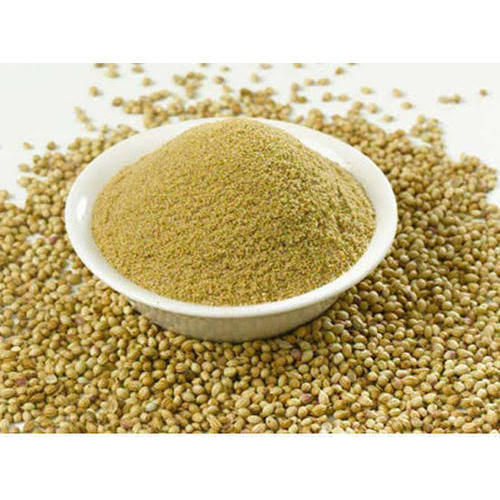
Coriander powder comes from coriander seeds, which are the dried seeds of the coriander plant. The coriander plant is also known as cilantro, and it has both leaves (cilantro) and seeds (coriander) that are used in cooking.
Uses:
1. Cooking Spice: Coriander powder is a spice commonly used in cooking to add a warm and citrusy flavor to a variety of dishes. It is a key ingredient in many spice blends and curry powders.
2. Curries and Stews: Coriander powder is frequently used in the preparation of curries, stews, and soups. It enhances the overall taste and aroma of the dish.
3. Marinades: It is often included in marinades for meats, poultry, and seafood, adding depth of flavor before cooking.
Coriander powder is known for its ability to enhance the taste of various foods, providing a delightful balance of citrus and warmth. It's a pantry staple in many kitchens around the world.
Saffron Powder

Saffron is a precious spice derived from the flower of Crocus sativus, commonly known as the saffron crocus. It's known for its distinct reddish-gold threads, which are actually the dried stigmas of the flower.
Uses:
1. Coloring and Flavoring: Saffron is often used to add a rich golden color to dishes, such as rice, biryanis, and desserts. It also imparts a unique and slightly floral flavor.
2. Rice Dishes: It is a key ingredient in many rice dishes, like saffron rice, where the threads are infused in hot water or milk and added to the cooking process.
3. Sweets and Desserts: Saffron is used in various sweets and desserts, including Indian and Middle Eastern sweets, ice creams, and cakes, providing both color and a distinctive taste.
Saffron is prized not only for its flavor and color but also for the labor-intensive process involved in harvesting it. Due to its high cost, it is often used sparingly and considered a luxury ingredient in many culinary traditions.
Sago Powder
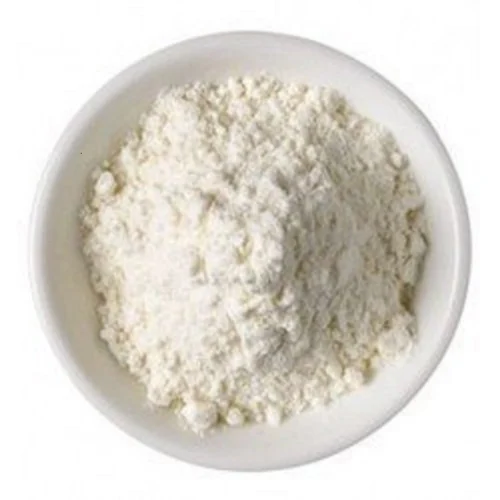
Sago powder comes from sago pearls, which are extracted from the pith or center of certain types of palm trees. The powder is a common ingredient in various culinary dishes and has several uses.
Uses:
1. Cooking: Sago powder is often used to make a pudding-like dish called "sago pudding." It involves cooking the powder with milk or water and sweetening it with sugar or other flavorings.
2. Thickening Agent: Sago powder acts as a thickening agent in soups, stews, and sauces. It helps to give these dishes a desirable consistency.
3. Baking: In some recipes, especially in gluten-free baking, sago powder is used as a substitute for wheat flour to create cakes, bread, and other baked goods.
Sago powder's versatility makes it suitable for both sweet and savory dishes, and its unique texture adds an interesting element to various culinary creations.
Bay Leaf Powder

Bay leaf powder is a seasoning made by grinding dried bay leaves, which come from the bay laurel tree. It is a fragrant herb that adds a subtle and earthy flavor to various dishes.
Uses:
1. Cooking Soups and Stews: Bay leaf powder is often used to season soups, stews, and broths. It imparts a mild and aromatic flavor to the liquid as it simmers.
2. Curries and Sauces: It is a common ingredient in the preparation of curries and sauces. Adding bay leaf powder enhances the overall taste and depth of these dishes.
3. Rice Dishes: Bay leaf powder can be used to flavor rice dishes, such as biryanis and pilafs. It is often added during the cooking process to infuse the rice with its aroma.
Remember, bay leaf powder is potent, so a little goes a long way. It adds a subtle herbal touch to your dishes, enhancing their overall flavor profile.
Garlic Powder
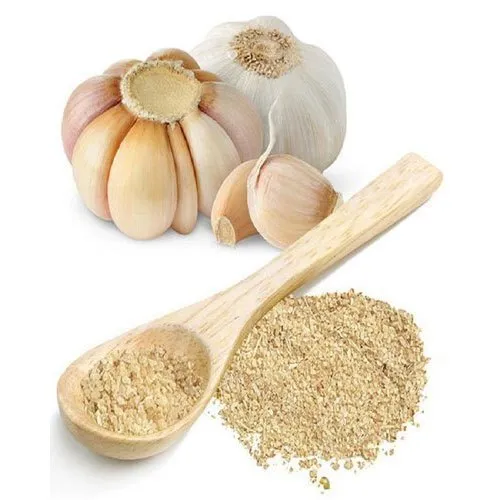
Garlic powder is a spice made by drying and finely grinding garlic cloves, which are the bulbous sections of the garlic plant known for their strong and distinctive flavor.
Uses:
1. Cooking Spice: Garlic powder is a convenient way to add the rich taste of garlic to dishes without the need to chop fresh garlic cloves. It is a common spice used in various cuisines.
2. Seasoning for Meats: It is often used as a seasoning for meats, such as chicken, beef, and pork. Sprinkling garlic powder on meats before cooking enhances their flavor.
3. Sauces and Marinades: Garlic powder is a versatile ingredient in sauces and marinades, adding a savory and aromatic dimension to the overall taste of the dish.
Garlic powder is a convenient way to incorporate the bold taste of garlic into your cooking without the hassle of peeling and chopping fresh cloves. It's a pantry staple for adding depth and complexity to a wide range of dishes.
Cardamom Powder

Cardamom powder is a spice made by grinding the seeds of the cardamom pods. Cardamom comes from a tropical plant and has a warm, aromatic flavor with hints of citrus and mint.
Uses:
1. Baking: Cardamom powder is often used in baking, especially in cookies, cakes, and sweet bread. It adds a unique and fragrant taste to these treats.
2. Tea and Coffee: It is a popular addition to tea and coffee, either by sprinkling a bit of cardamom powder directly into the beverage or by brewing the whole pods with the drink.
3. Indian Desserts: Cardamom powder is a key ingredient in many Indian desserts, like kheer (rice pudding), gulab jamun, and various milk-based sweets.
Cardamom powder is known for its versatility and ability to add a warm and aromatic flair to both sweet and savory dishes. It's a cherished spice in many culinary traditions around the world.
Black pepper Powder
Black pepper powder is a spice made by grinding dried black peppercorns, which are the fruit of the pepper plant. Black pepper is known for its pungent and slightly spicy flavor.
Uses:
1. Cooking Spice: Black pepper powder is a common spice used in cooking to add flavor and a bit of heat to various dishes. It's a staple on dining tables worldwide.
2. Seasoning Meats: It is often used as a seasoning for meats, such as beef, chicken, and pork. Sprinkling black pepper on meats before cooking enhances their taste.
3. Soups and Stews: Black pepper powder is a classic ingredient in soups and stews. It not only adds flavor but also a subtle warmth to the dish.
Black pepper powder is a versatile spice that not only adds heat but also enhances the overall flavor of a wide range of dishes. It's a kitchen essential loved for its ability to elevate both savory and sweet culinary creations.
Black Sesame seeds Powder

Sesame seeds are small, flat seeds that come from the sesame plant. They have a nutty flavor and are widely used in cooking and baking.
Uses:
1. Toppings: Sesame seeds are often used as toppings on various foods like bread, buns, and bagels. They add a crunchy texture and a subtle nutty taste.
2. Asian Cuisine: Sesame seeds are a common ingredient in Asian cuisine. They are used to garnish dishes like stir-fries, noodles, and sushi, providing flavor and visual appeal.
3. Sesame Oil Production: Sesame seeds are pressed to extract sesame oil, which is used as a cooking oil and as a flavor enhancer in many dishes.
Sesame seeds are not only delicious but also nutritious, containing healthy fats, protein, and various vitamins and minerals. They are versatile ingredient that can be used in both sweet and savory dishes to enhance flavor and texture.
Dry coconut Powder
Dry coconut, also known as desiccated coconut, is coconut meat that has been shredded or flaked and then dried. It is a versatile ingredient used in various culinary applications.
Uses:
1. Baking: Dry coconut is commonly used in baking to add a rich and nutty flavor to cakes, cookies, muffins, and other desserts. It can be incorporated into the batter or used as a topping.
2. Cereal and Granola: It is often included in cereal mixes and granola for added texture and a hint of coconut flavor. This provides a tasty and crunchy element to breakfast foods.
3. Curries and Stews: Dry coconut is used in some curry and stew recipes to thicken the sauce and impart a subtle coconut taste. It adds a creamy consistency to the dish.
Dry coconut is a convenient ingredient to have in the kitchen, as it has a long shelf life and can be used in a variety of sweet and savory dishes. It brings a delightful coconut flavor and texture to many culinary creations.
Black cardamom Powder
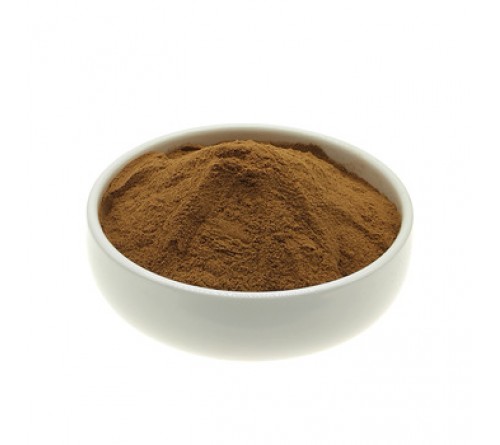
Black cardamom is a spice that comes from the seeds of the black cardamom plant. It has a distinct smoky flavor and is often used in cooking to add depth and richness to various dishes.
Uses:
1. Curries and Stews: Black cardamom is a common ingredient in many savory dishes, especially in Indian and Asian cuisines. It adds a smoky and earthy flavor to curries, stews, and rice dishes.
2. Biryani and Pulao: It is often used in the preparation of biryanis and pulaos to enhance the overall aroma and taste of the rice.
3. Masala Chai: Black cardamom is sometimes included in masala chai, a spiced tea, to add complexity and depth to the flavor.
Black cardamom is valued for its bold and smoky flavor, which sets it apart from green cardamom. It is a versatile spice that can be used to add a distinctive touch to both savory and sweet dishes.
Basil seeds Powder
Basil seeds, also known as sabja seeds or tukmaria, are tiny black seeds that come from the sweet basil plant. These seeds are often used for their health benefits and culinary uses.
Uses:
1. Beverages: Basil seeds are commonly used in beverages like falooda and various refreshing drinks. When soaked in water, they develop a gelatinous outer layer, adding a unique texture to the drinks.
2. Smoothies: Adding soaked basil seeds to smoothies not only provides a nutritional boost but also gives a pleasant and jelly-like texture.
3. Desserts: Basil seeds can be used as a topping for desserts like puddings and ice creams, adding a crunchy and nutritious element.
Basil seeds are not only versatile in the kitchen but are also valued for their potential health benefits. They are a popular addition to various dishes and drinks, providing both nutrition and an interesting texture.
Basil leaves Powder

Basil leaves are green, fragrant leaves that come from the basil plant. They have a sweet and slightly peppery flavor and are commonly used in cooking for their aromatic qualities.
Uses:
1. Pesto Sauce: Basil leaves are a key ingredient in making pesto sauce, a flavorful blend of basil, garlic, pine nuts, Parmesan cheese, and olive oil. Pesto is often used as a pasta sauce or spread.
2. Caprese Salad: Basil leaves are commonly used in Caprese salad, a classic Italian dish that includes fresh tomatoes, mozzarella cheese, and basil leaves. The combination creates a refreshing and tasty salad.
3. Pizza Topping: Fresh basil leaves make a delicious topping for pizzas, adding a burst of flavor when added just before serving.
Basil leaves are a versatile herb that adds a delightful freshness and flavor to a wide range of dishes. Whether used in Italian cuisine, salads, or sandwiches, basil leaves are a popular choice for enhancing the taste of various foods.
Mace Powder
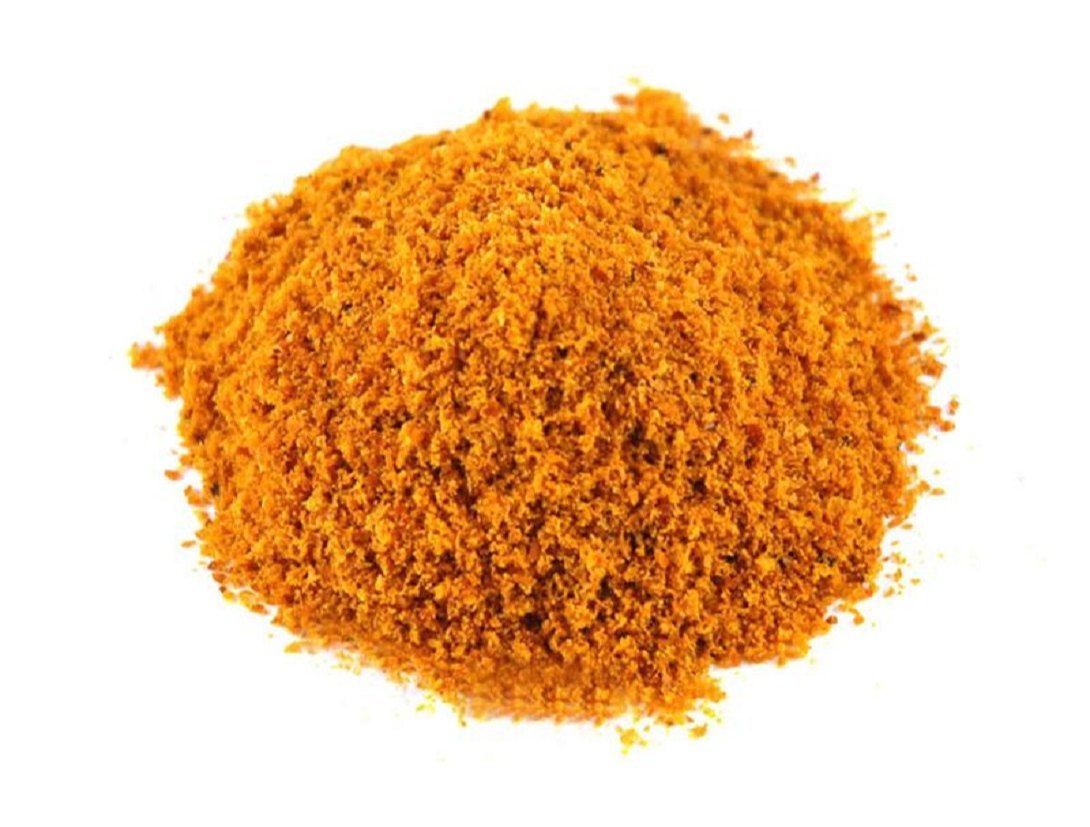
Mace powder comes from the outer covering of the nutmeg seed. It has a warm and slightly sweet flavor, resembling a combination of cinnamon and pepper.
Uses:
1. Baking: Mace powder is often used in baking, adding a distinct warm and sweet flavor to cakes, cookies, and pastries. It can be a flavorful alternative to traditional baking spices.
2. Spice Blends: Mace powder is a common ingredient in spice blends, such as garam masala and pumpkin spice. It contributes a unique warmth to these blends.
3. Sauces and Gravies: Mace powder can be added to sauces and gravies, providing a subtle sweetness and depth of flavor. It pairs well with creamy or savory dishes.
Mace powder is a versatile spice that can be used in a variety of dishes, bringing warmth and complexity to both sweet and savory culinary creations.
Long pepper Powder

Long pepper is a spice that comes from the flowering vine Piper longum. It resembles black pepper but has a different flavor profile, featuring a combination of heat and sweet notes.
Uses:
1. Cooking Spice: Long pepper is used as a spice in cooking, providing a distinctive flavor to various dishes. It can be ground and used similarly to black pepper.
2. Indian Cuisine: Long pepper is a common ingredient in Indian cuisine, particularly in some spice blends and traditional Ayurvedic recipes. It adds a unique heat and depth to curries and stews.
3. Medicinal Uses: In certain traditional medicinal practices, long pepper has been used for its potential health benefits, including digestive aid and respiratory support. However, it's important to consult with a healthcare professional for advice.
While long pepper might not be as commonly used as black pepper, it offers a unique and interesting twist to various dishes, especially for those looking to experiment with different flavors in their culinary adventures.
Madder Powder
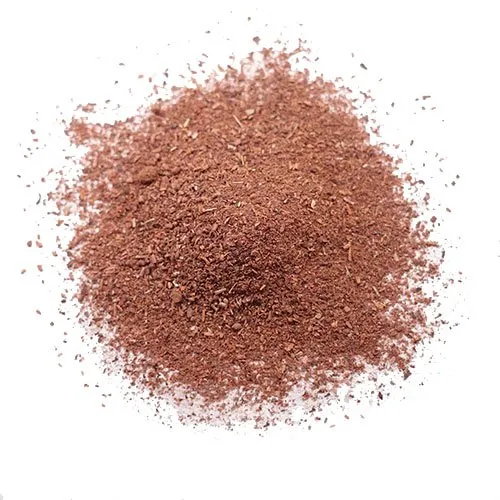
Madder powder comes from the roots of the madder plant (Rubia tinctorum). It has been historically used as a natural dye to color fabrics, but it also has some traditional medicinal uses.
Uses:
1. Natural Dye: Madder powder is primarily known for its use as a natural dye for textiles. The roots contain red pigments that can create various shades of red, orange, and brown when used to dye fabrics.
2. Textile Coloring: Madder powder has been used for centuries to color textiles, including wool, cotton, and silk. It can be used alone or in combination with other natural dyes to achieve different colors.
3. Traditional Medicine: In some traditional medicinal practices, madder has been used for its potential health benefits. It has been suggested to have diuretic properties and may be used to support urinary health. However, it's important to consult with a healthcare professional for advice.
It's important to note that while madder powder has these uses, its primary historical and widespread use has been as a natural dye. As with any natural substance used for medicinal or cosmetic purposes, it's advisable to exercise caution, and consultation with experts is recommended.
White pepper Powder
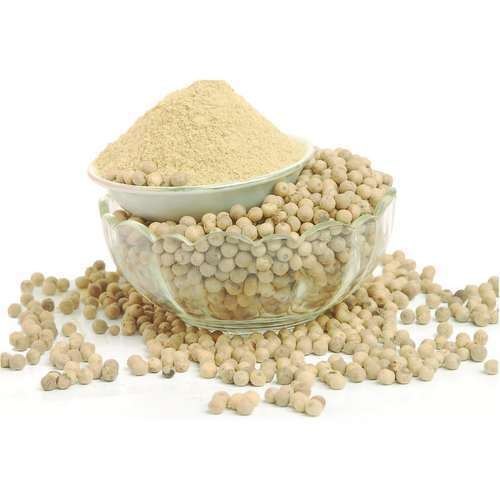
White pepper powder is a spice made from grinding dried ripe peppercorns from the pepper plant. Unlike black pepper, the outer skin of white pepper is removed before processing, giving it a milder flavor.
Uses:
1. Cooking Spice: White pepper powder is a versatile spice used in cooking to add a mild peppery flavor to various dishes. It is suitable for recipes where a less pronounced pepper taste is desired.
2. Light-Colored Dishes: White pepper is preferred in light-colored dishes like white sauces, mashed potatoes, and creamy soups where the dark specks of black pepper might be less visually appealing.
3. Seafood: White pepper is commonly used in seafood dishes, such as grilled fish or shrimp, as it complements the delicate flavors without overpowering them.
White pepper powder offers a more subdued pepper taste compared to black pepper, making it a preferred choice in dishes where a milder and less visually assertive pepper flavor is desired.
Turmeric powder

Turmeric powder is a vibrant yellow spice made by grinding the dried root of the turmeric plant. It has a warm and slightly bitter flavor, along with numerous health benefits.
Uses:
1. Cooking Spice: Turmeric powder is a staple in many kitchens and is widely used as a cooking spice. It adds a warm, earthy flavor to dishes.
2. Curries and Stews: It is a key ingredient in the preparation of curries and stews. Turmeric gives these dishes their characteristic yellow color and imparts a distinct taste.
3. Rice Dishes: Turmeric powder is often used to color and flavor rice dishes, such as biryanis and pilafs. It adds a beautiful golden hue.
Beyond its culinary uses, turmeric powder is known for containing curcumin, a compound with anti-inflammatory and antioxidant effects. It has been used in traditional medicine for various purposes. However, it's essential to note that while turmeric can be a flavorful addition to dishes, its health benefits may vary, and consulting a healthcare professional is advisable for specific health concerns.
Tamarind Powder

Tamarind powder is a tangy spice made from the pulp of the tamarind fruit. It is a versatile ingredient with a sweet and sour flavor that adds a unique taste to various dishes.
Uses:
1. Cooking: Tamarind powder is commonly used in cooking to add a tangy and sour element to a variety of dishes. It is especially popular in Asian, Indian, and Mexican cuisines.
2. Curries and Gravies: It is a key ingredient in many curries and gravies, providing a distinctive sourness that balances the flavors of other spices.
3. Chutneys and Sauces: Tamarind powder is often used in the preparation of chutneys, dipping sauces, and marinades, adding a zesty and tangy kick.
Tamarind powder is cherished for its ability to add a lively and tangy flavor to a variety of culinary creations, making it a popular choice in both savory and sweet dishes.
Star Anise Powder
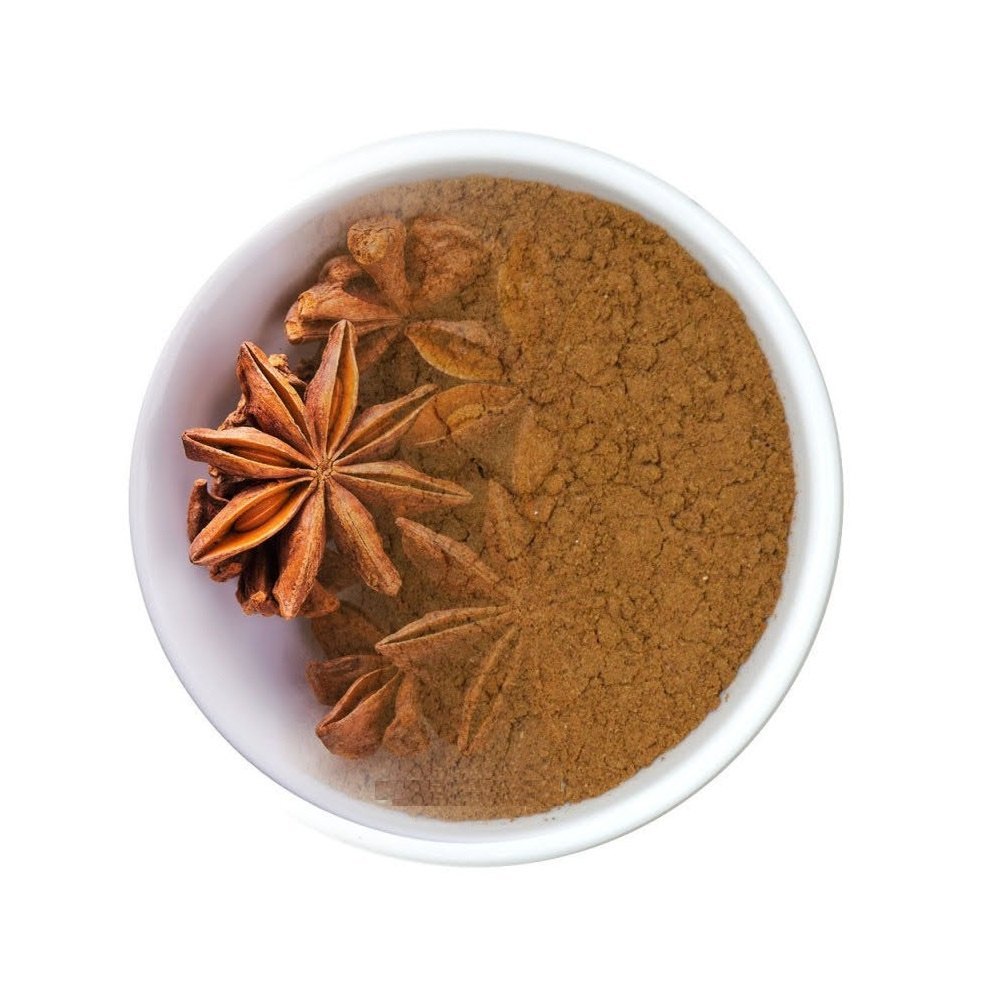
Star anise powder is a spice made by grinding the dried fruit of the star anise plant. It has a distinct licorice-like flavor and is commonly used in cooking and baking.
Uses:
1. Baking: Star anise powder is used in baking to add a unique and aromatic flavor to cakes, cookies, and pastries. It pairs well with sweet ingredients.
2. Asian Cuisine: It is a common spice in Asian cuisines, especially in Chinese, Vietnamese, and Indian dishes. It is often used in marinades, soups, and braised meat dishes.
3. Mulled Beverages: Star anise powder is a key ingredient in mulled beverages, such as spiced wine or cider. It adds a warm and fragrant note to the drink.
Star anise powder is prized for its ability to infuse dishes with a distinctive licorice-like taste and aroma. It adds depth and complexity to both sweet and savory recipes, making it a versatile spice in the kitchen.
Clove Powder
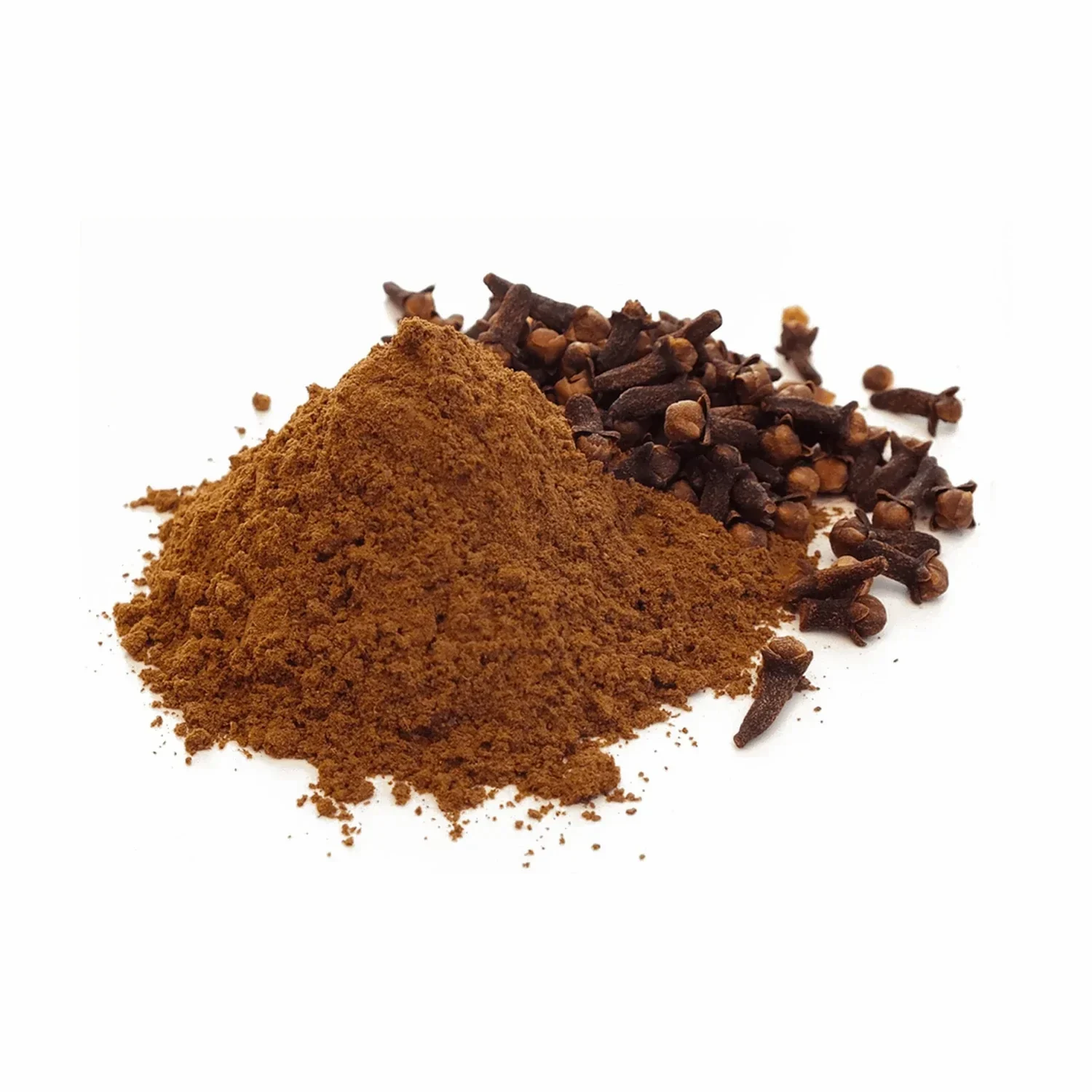
Clove powder is a spice made by grinding dried cloves, which are the flower buds of the clove tree. It has a warm and pungent flavor with a hint of sweetness and is widely used in cooking and baking.
Uses:
1. Baking: Clove powder is a common ingredient in baking, especially in recipes for gingerbread, spiced cakes, and cookies. It adds a distinctive and aromatic flavor.
2. Mulled Beverages: It is often used in the preparation of mulled wines, ciders, and spiced teas. Clove powder contributes a warm and fragrant note to these beverages.
3. Indian Cuisine: Clove powder is a key spice in Indian cuisine, used in both sweet and savory dishes. It is a part of spice blends like garam masala and adds depth to curries and rice preparations.
Clove powder is valued not only for its distinctive flavor but also for its potential health benefits. Its versatile use in various culinary creations makes it a popular spice in kitchens around the world.
Black Cumin Seeds Powder

Black cumin seeds come from the Nigella sativa plant, which is native to Southwest Asia. These small, black seeds have a distinct peppery flavor and are known for their various culinary and potential health benefits.
Uses:
1. Cooking Spice: Black cumin seeds are used as a spice in cooking, adding a warm and slightly bitter flavor to dishes. They are often used in Middle Eastern, Indian, and North African cuisines.
2. Bread Toppings: Black cumin seeds are commonly sprinkled on top of bread, buns, or crackers before baking, providing a unique flavor and a decorative touch.
3. Curries and Stews: They are a common ingredient in curries, stews, and soups, contributing to the overall aroma and taste of the dishes.
In addition to their culinary uses, black cumin seeds are also known for potential health benefits and have been used in traditional medicine for various purposes. As with any spice, moderation is key, and it's advisable to consult with a healthcare professional for personalized advice.
Red chilli powder

Red chili, also known as red chili pepper or red pepper, is a spice that comes from dried and ground varieties of chili peppers. It is widely used in cooking to add heat and flavor to various dishes.
Uses:
1. Cooking Spice: Red chili is a popular spice used in cooking to add spiciness and depth of flavor to a wide range of dishes.
2. Curries and Stews: It is a key ingredient in curries, stews, and sauces, where it imparts a rich red color and a fiery taste.
3. Chili Powder: Red chili is often ground into chili powder, which is a versatile spice used in chili con carne, soups, and spice blends.
It's important to note that the level of spiciness can vary among different types of red chili peppers. The seeds and membranes inside the chili can be particularly hot, so their removal or inclusion can control the overall heat in a dish. Adjusting the amount of red chili used allows individuals to tailor the spiciness according to their taste preferences.
Poppy seeds Powder
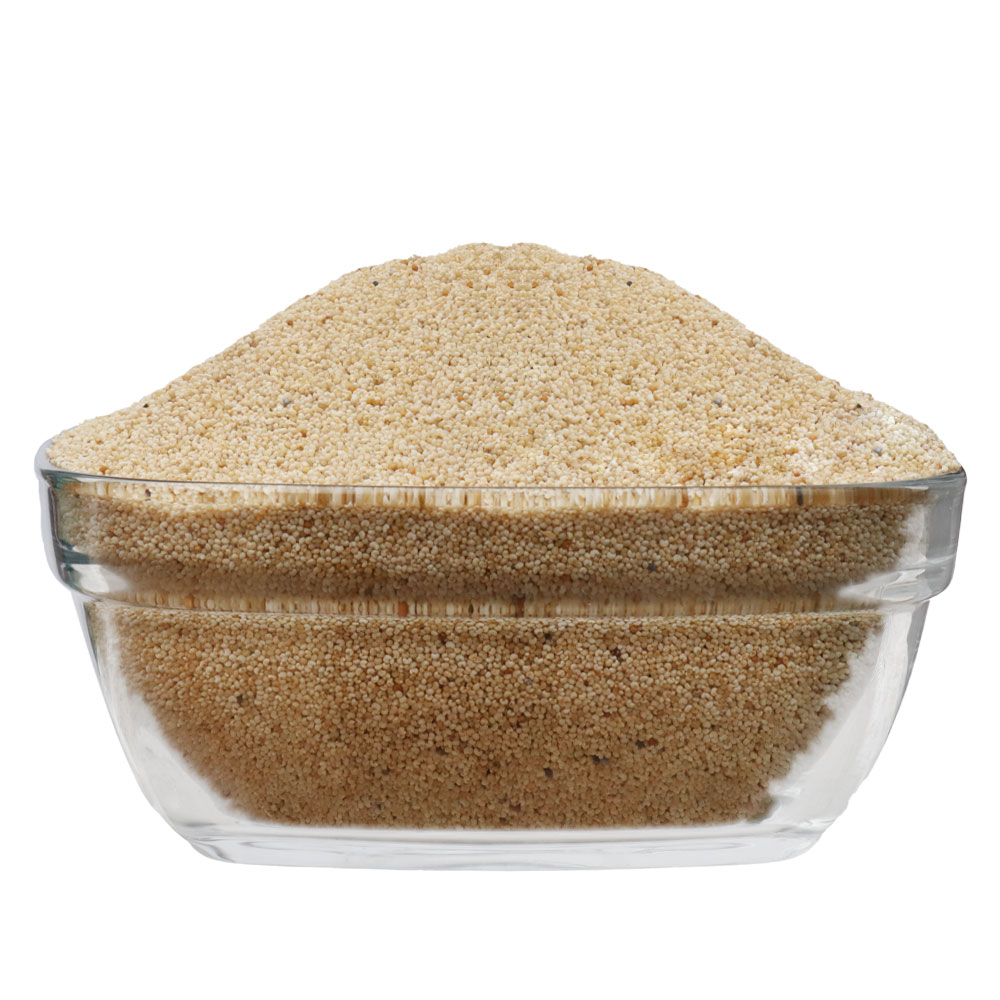
Poppy seeds are small, round seeds obtained from the poppy plant, scientifically known as Papaver somniferum. These seeds are commonly used in cooking for their mild, nutty flavor and crunchy texture.
Uses:
1. Baking: Poppy seeds are often used in baking to add a subtle crunch and nutty flavor to various recipes. They are a classic ingredient in items like poppy seed muffins, cakes, and bread.
2. Pastry and Desserts: Poppy seeds are used in pastries and desserts, including strudels, danishes, and sweet rolls, where they contribute a distinct texture and flavor.
3. Salads: Sprinkling poppy seeds on salads adds a delightful crunch and a subtle nuttiness. They are especially popular in fruit salads and coleslaw.
While poppy seeds are versatile and delicious, it's worth noting that they come from the same plant that produces opium. However, the poppy seeds used in cooking typically contain very low levels of opiates and are safe for consumption in moderate amounts.
Paprika Powder
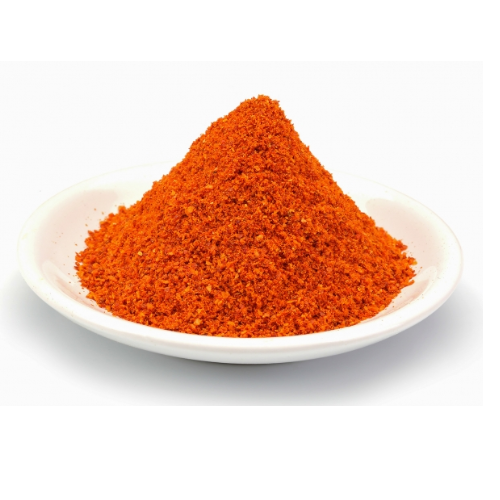
Paprika powder is a spice made by grinding dried red peppers, specifically varieties of Capsicum annuum. It is known for its vibrant red color and can range in flavor from sweet to mildly spicy, depending on the type of peppers used.
Uses:
1. Seasoning: Paprika is a versatile seasoning that adds both color and flavor to a variety of dishes. It is often used as a finishing touch to enhance the visual appeal of a dish.
2. Soups and Stews: It is a common ingredient in soups, stews, and chili, imparting a warm and rich flavor to the broth. Hungarian goulash, for example, often features the use of paprika.
3. Meat Rubs: Paprika is a key component in many meat rubs and spice blends, particularly those used for barbecuing or grilling. It adds a smoky and slightly sweet undertone to the meat.
Paprika comes in various types, including sweet, hot, and smoked varieties. The choice of paprika can significantly influence the overall taste of a dish, so it's worth exploring different types based on personal preference and the desired flavor profile.
Nutmeg Powder
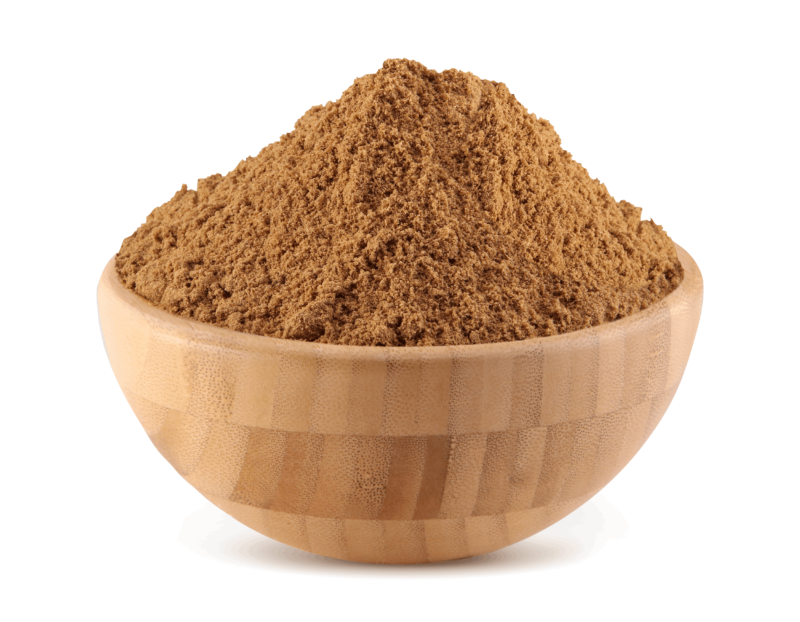
Nutmeg powder comes from grinding the seeds of the nutmeg tree, scientifically known as Myristica fragrans. It has a warm, sweet, and slightly nutty flavor, making it a versatile spice used in both sweet and savory dishes.
Uses:
1. Baking: Nutmeg powder is a common ingredient in baking, adding a rich and warm flavor to cakes, cookies, muffins, and pies. It pairs particularly well with fruits and chocolate.
2. Spice Blends: It is a key component in various spice blends, such as pumpkin pie spice and garam masala, contributing a distinct and aromatic taste.
3. Hot Beverages: Nutmeg powder is often sprinkled on hot beverages like lattes, cappuccinos, and hot chocolate, enhancing the overall flavor with its warm and comforting notes.
Nutmeg is often sold as a whole seed that can be grated or ground into powder just before use. It's a spice that adds a cozy and inviting flavor to a wide range of recipes, making it a pantry staple in many kitchens.
Fengureek seeds Powder

It seems there might be a typo in your question. If you're referring to "Fenugreek seeds," I can provide information on that. Fenugreek seeds come from the fenugreek plant (Trigonella foenum-graecum). They have a slightly bitter taste and are commonly used in cooking and traditional medicine.
Uses:
1. Cooking: Fenugreek seeds are used in various culinary dishes, particularly in Indian, Middle Eastern, and North African cuisines. They add a warm, nutty flavor to curries, stews, and spice blends.
2. Spice Blends: Ground fenugreek is a key ingredient in spice blends like curry powder and garam masala, contributing a distinct flavor to these mixtures.
3. Curries and Sauces: Fenugreek seeds are often included in curry dishes, sauces, and gravies, enhancing the overall taste with their unique profile.
Fenugreek seeds are valued not only for their culinary uses but also for their potential health-promoting properties. When using them in cooking, they can bring a unique flavor to a variety of dishes.
Garlic powder

Garlic powder is a seasoning made by dehydrating and grinding garlic cloves. It provides a convenient and versatile way to add the savory, pungent flavor of garlic to various dishes without the need for fresh garlic.
Uses:
1. Cooking: Garlic powder is a go-to spice in cooking, used to add a garlic flavor to a wide range of dishes. It is particularly handy when fresh garlic isn't available or when you want to save time on peeling and chopping.
2. Sauces and Marinades: It is a common ingredient in sauces, dressings, and marinades, contributing a robust garlic taste. It's often used in barbecue sauces, pasta sauces, and salad dressings.
3. Roasted Vegetables: Sprinkling garlic powder over vegetables before roasting them enhances their flavor, giving them a savory and aromatic quality.
Garlic powder is a versatile kitchen staple that provides the savory goodness of garlic without the need for fresh cloves. It allows you to enjoy the bold flavor of garlic in a convenient and easy-to-use form, making it a popular choice for home cooks.
Flaxseeds Powder
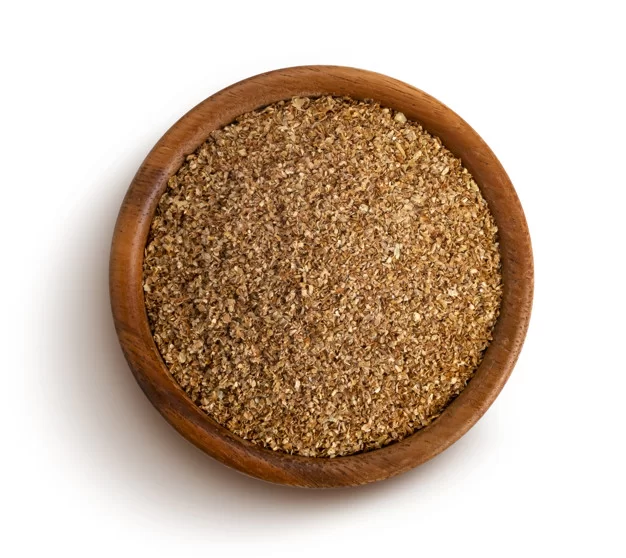
Flaxseed powder is made by grinding flaxseeds, which come from the flax plant (Linum usitatissimum). Flaxseeds are tiny, brown or golden seeds that are rich in nutrients, including omega-3 fatty acids, fiber, and antioxidants.
Uses:
1. Smoothies: Flaxseed powder can be added to smoothies to boost their nutritional content. It adds a mild, nutty flavor and enhances the texture.
2. Baking: It is often used in baking, where it can be incorporated into recipes for bread, muffins, pancakes, and cookies. It adds a nutritional punch and a subtle nutty taste.
3. Oatmeal and Cereal: Sprinkling flaxseed powder onto oatmeal or cereal is a simple way to increase the fiber and omega-3 fatty acids in your breakfast.
Flaxseed powder is valued for its omega-3 fatty acids, fiber, and other health benefits. It's essential to store it in a cool, dark place and use it within a reasonable timeframe to preserve its nutritional properties. As with any dietary supplement, it's advisable to consult with a healthcare professional if you have specific health concerns or conditions.
Fennel seeds Powder
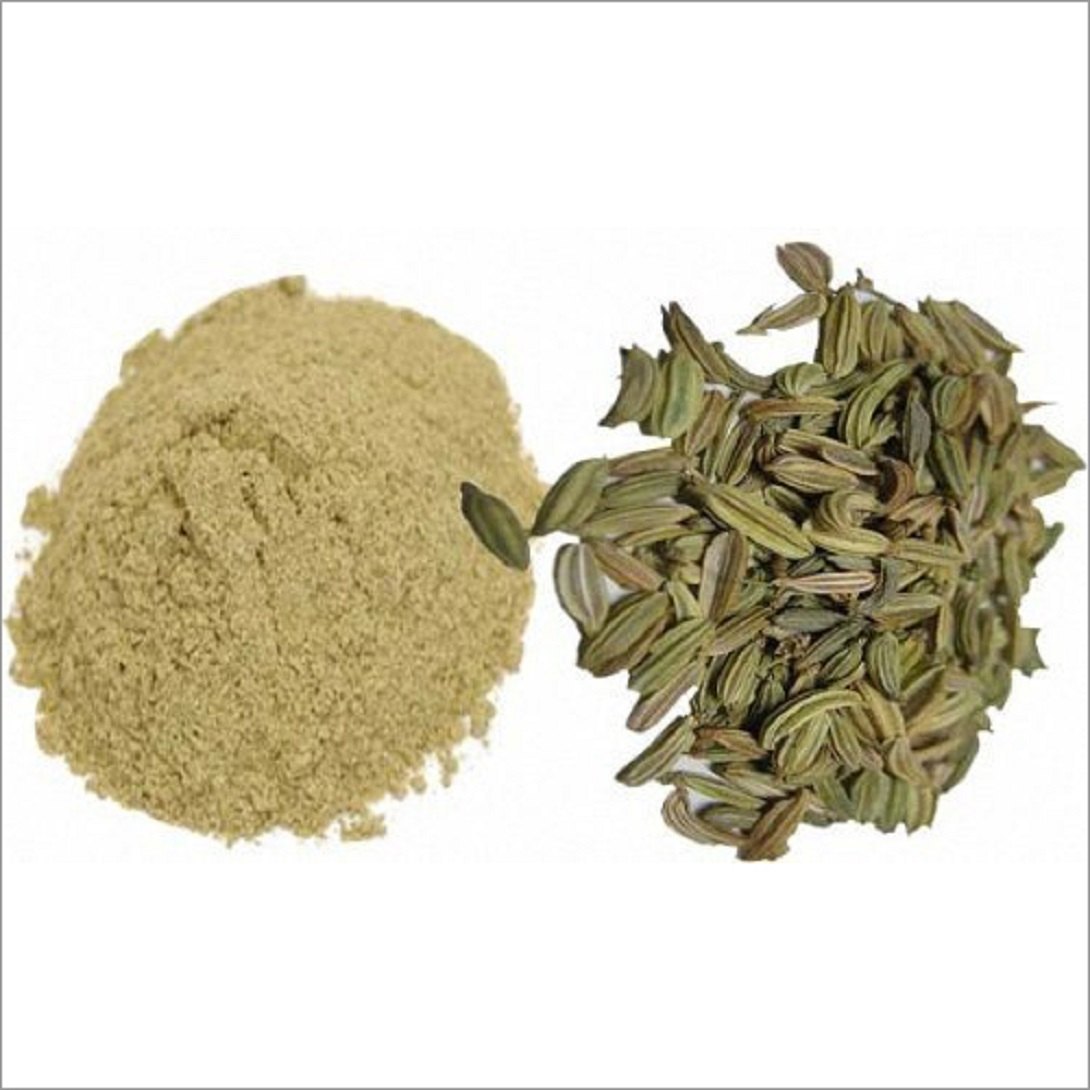
Fennel seeds come from the fennel plant (Foeniculum vulgare), which is a flowering herb with feathery leaves and yellow flowers. These seeds have a licorice-like flavor and are commonly used in cooking and for various health benefits.
Uses:
1. Cooking Spice: Fennel seeds are used as a spice in cooking, adding a sweet and aromatic flavor to dishes. They are commonly found in Mediterranean, Indian, and Middle Eastern cuisines.
2. Tea: Fennel seed tea is a popular beverage known for its mild, sweet taste. It is often consumed for its potential digestive benefits and soothing qualities.
3. Baking: Fennel seeds can be incorporated into baked goods such as bread, cookies, and biscuits, providing a unique and aromatic flavor.
Fennel seeds are versatile and can be used in both sweet and savory dishes. Their distinctive flavor profile, reminiscent of licorice, adds depth to various recipes, making them a popular and flavorful spice in many kitchens.
Dry mango powder

Dry mango powder, also known as "amchur" or "amchoor," is made from dried and ground unripe green mangoes. It is a tangy and fruity spice commonly used in Indian cuisine to add a sour flavor to dishes.
Uses:
1. Seasoning Curries: Dry mango powder is often used to season various Indian curries and gravies. It imparts a tangy taste to the dishes without adding moisture.
2. Chutneys and Sauces: It is a key ingredient in many chutneys, sauces, and relishes, providing a zesty and sour kick to the condiments.
3. Snacks and Chaats: Sprinkling dry mango powder on snacks like samosas, pakoras, or chaats enhances their flavor, giving them a delightful tanginess.
Dry mango powder is a versatile spice that brings a unique tanginess to a variety of dishes. It's particularly valued in vegetarian and vegan cooking for its ability to add a sour taste without using fresh citrus fruits.
Dry Ginger Powder

Dry ginger, also known as ground ginger or ginger powder, is made by grinding dried ginger roots. It is a spice that imparts a warm and slightly spicy flavor to dishes and is used in various culinary applications.
Uses:
1. Cooking: Dry ginger is a versatile spice used in cooking, adding a warm and aromatic flavor to both sweet and savory dishes.
2. Baking: It is commonly used in baking recipes, including gingerbread, cookies, cakes, and muffins, providing a distinct ginger flavor.
3. Tea: Dry ginger can be used to make ginger tea. It is known for its soothing properties and is often consumed to alleviate cold symptoms or for overall well-being.
Dry ginger is valued not only for its culinary uses but also for its potential health benefits. It's a convenient form of ginger that allows for easy incorporation into a wide range of dishes and beverages.


